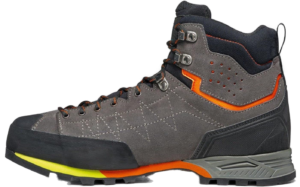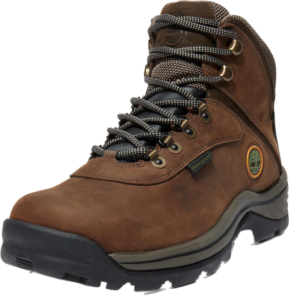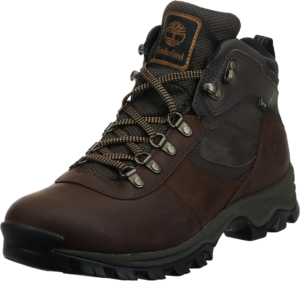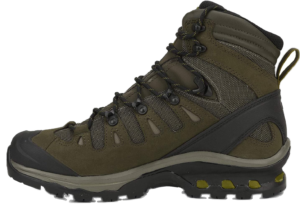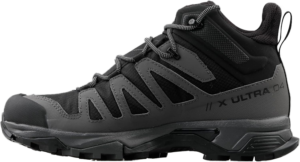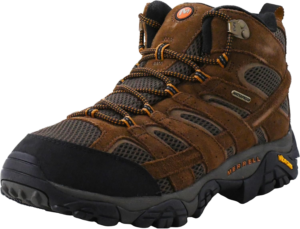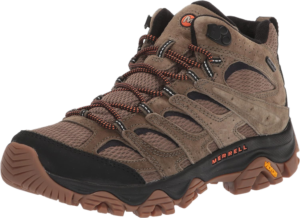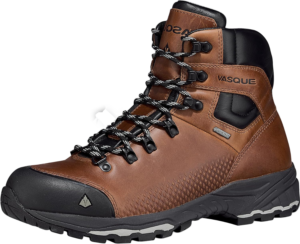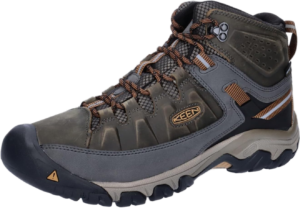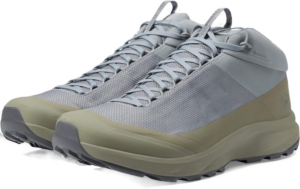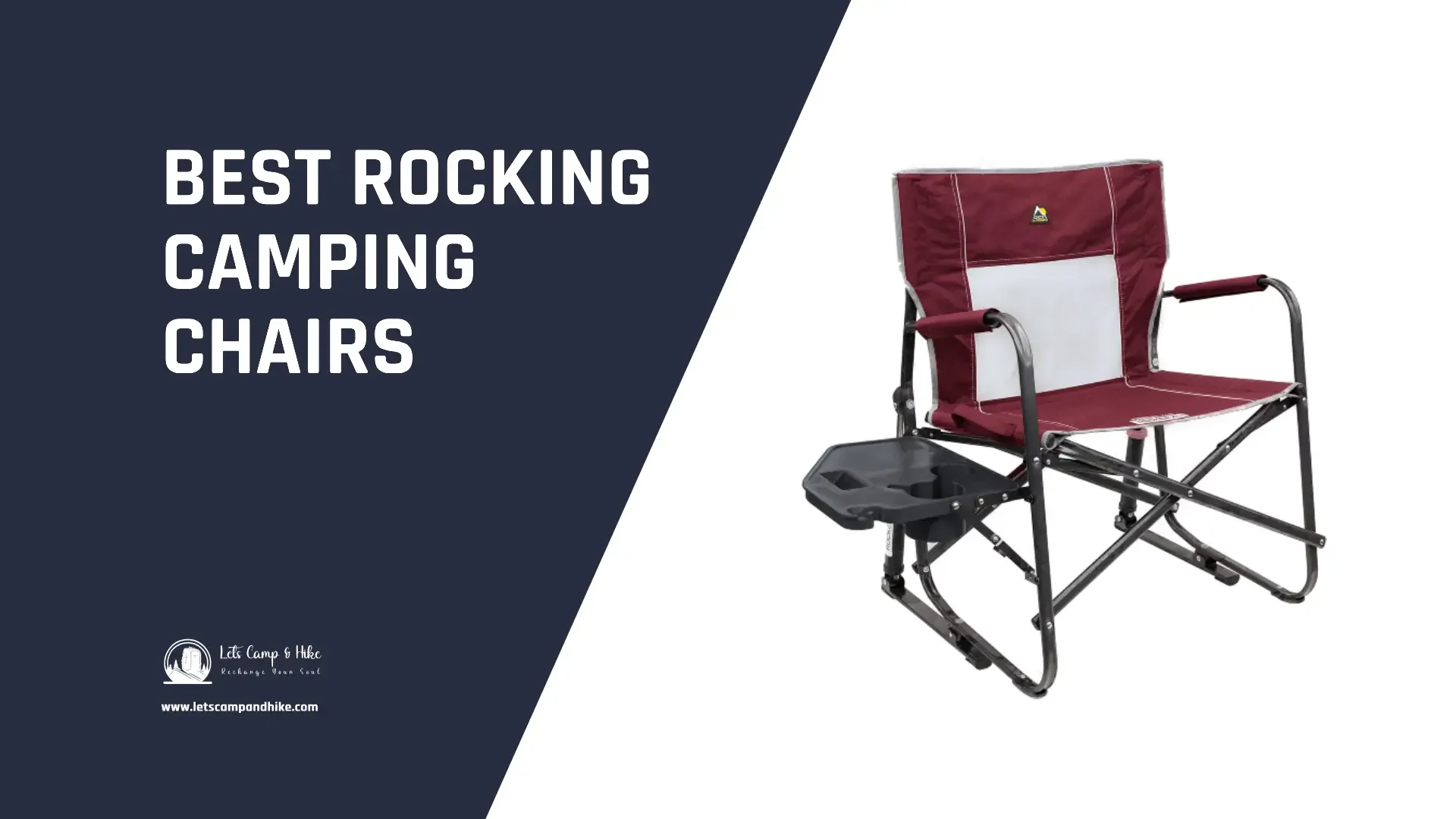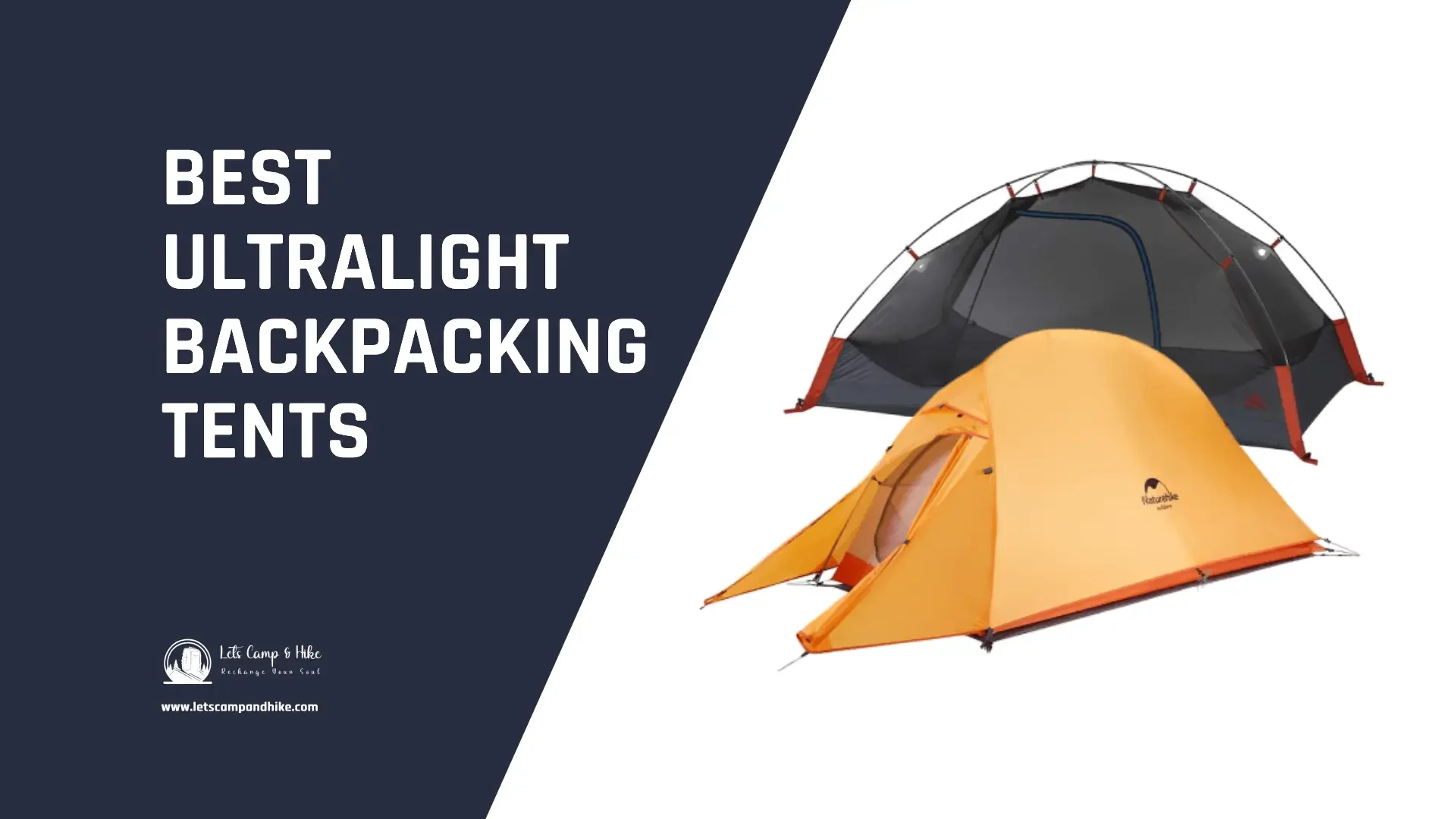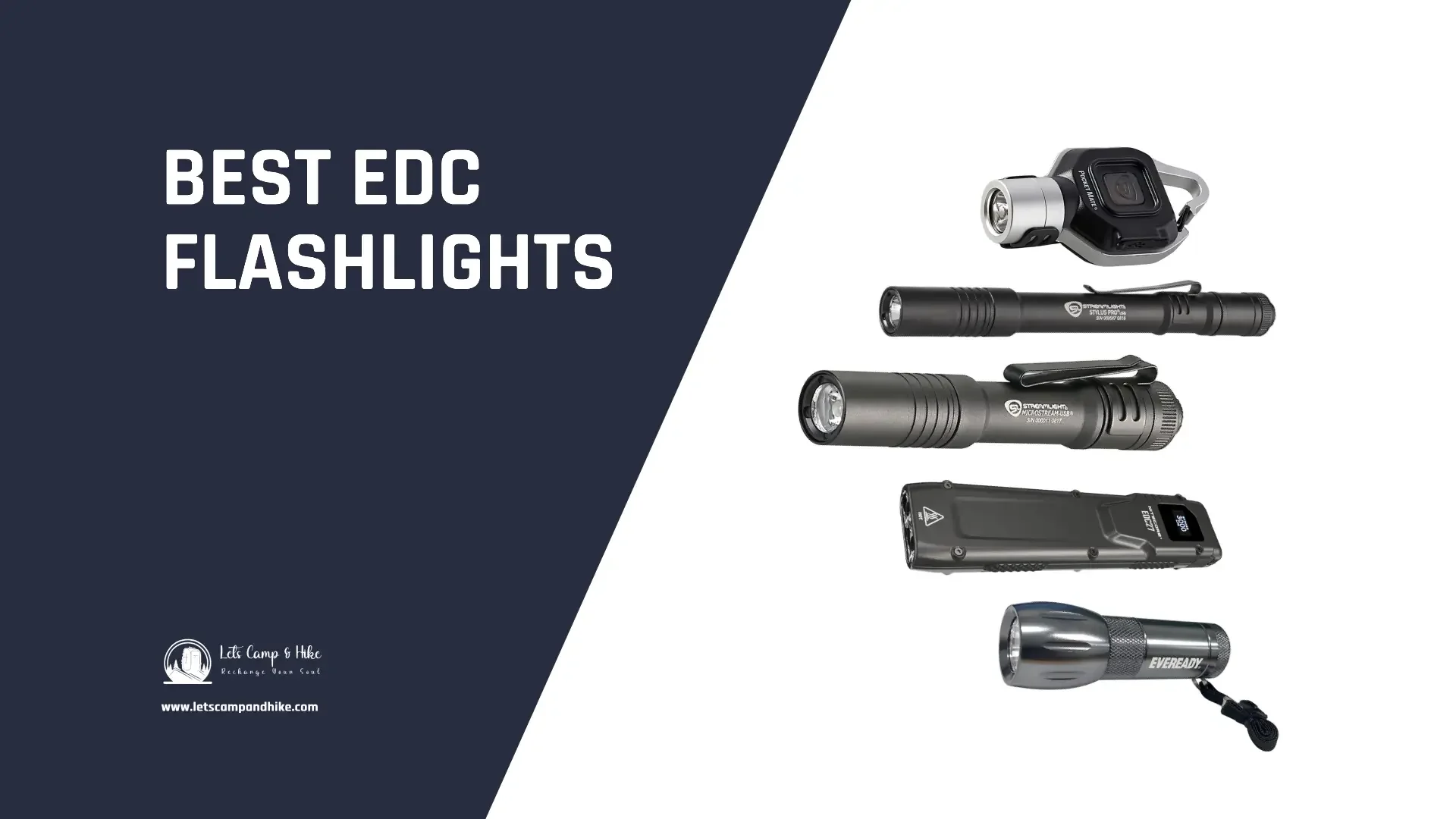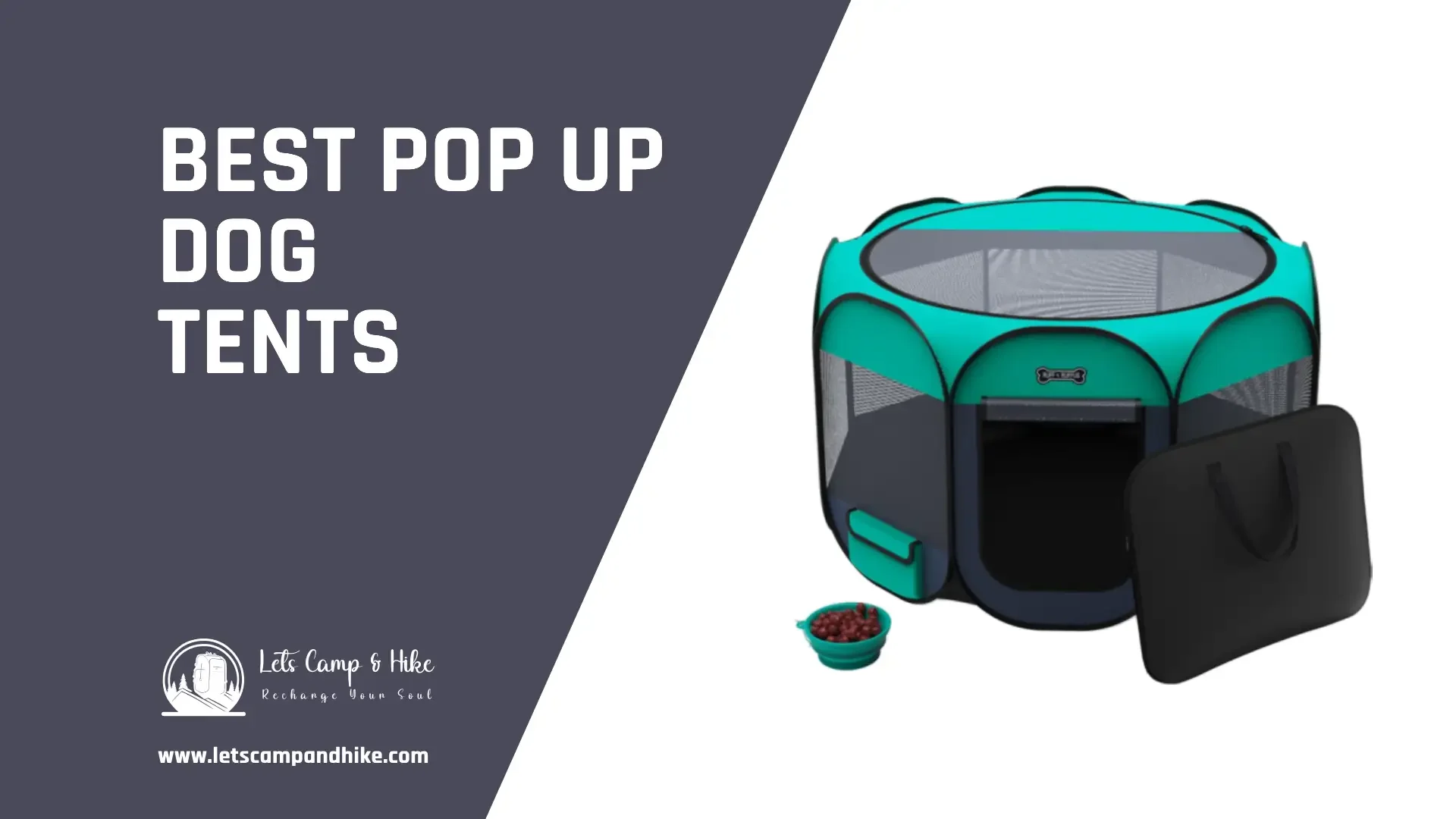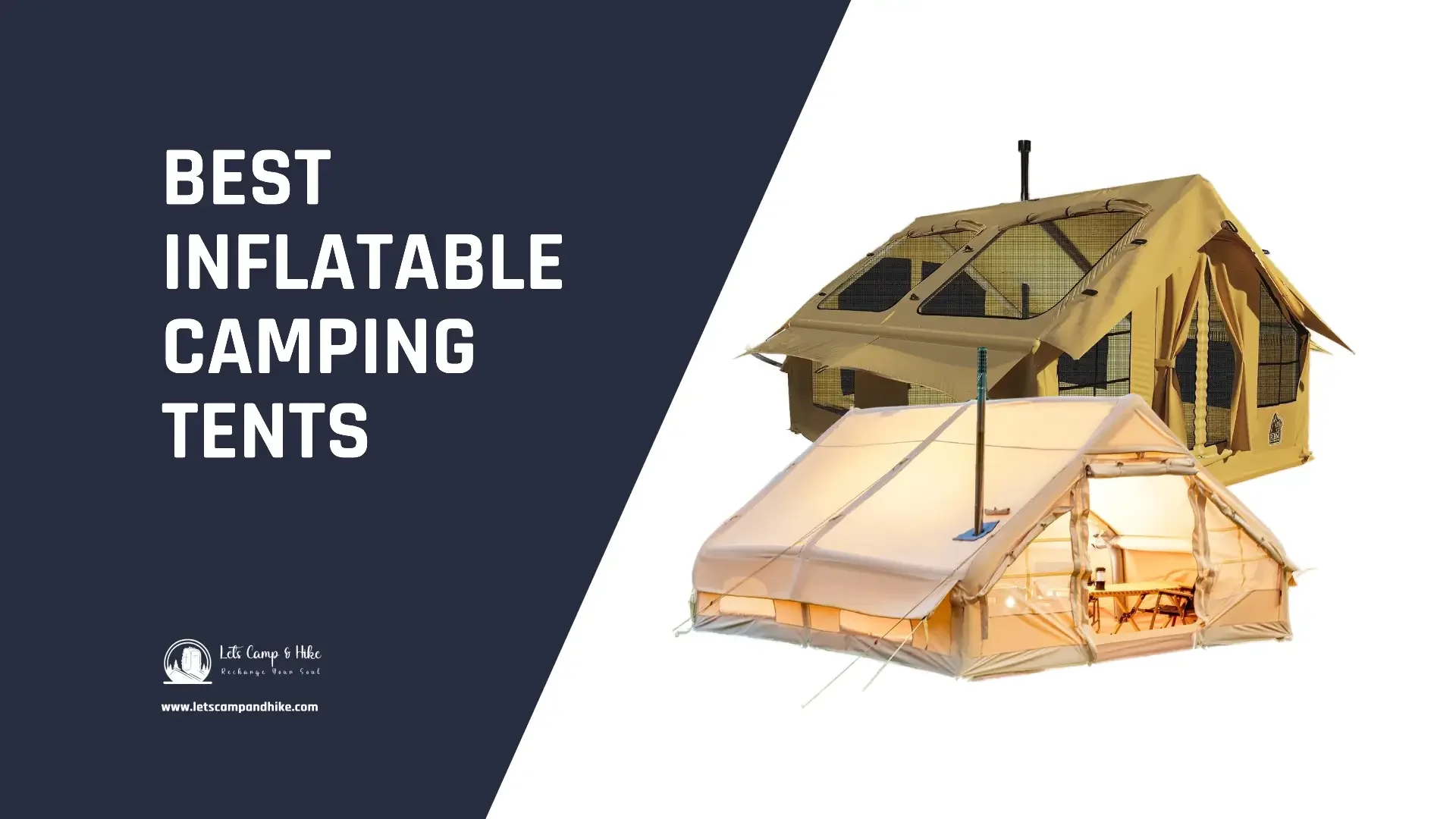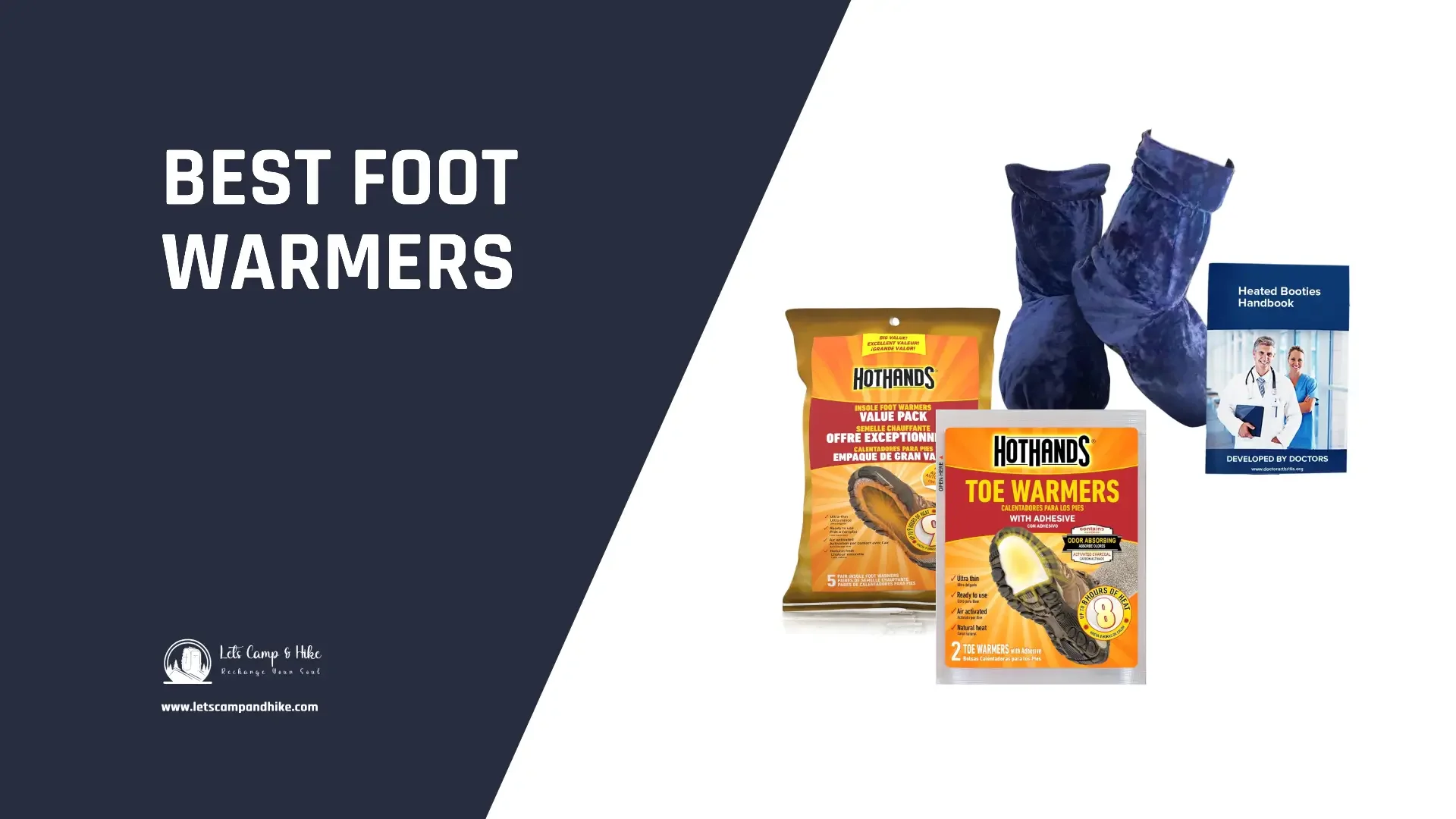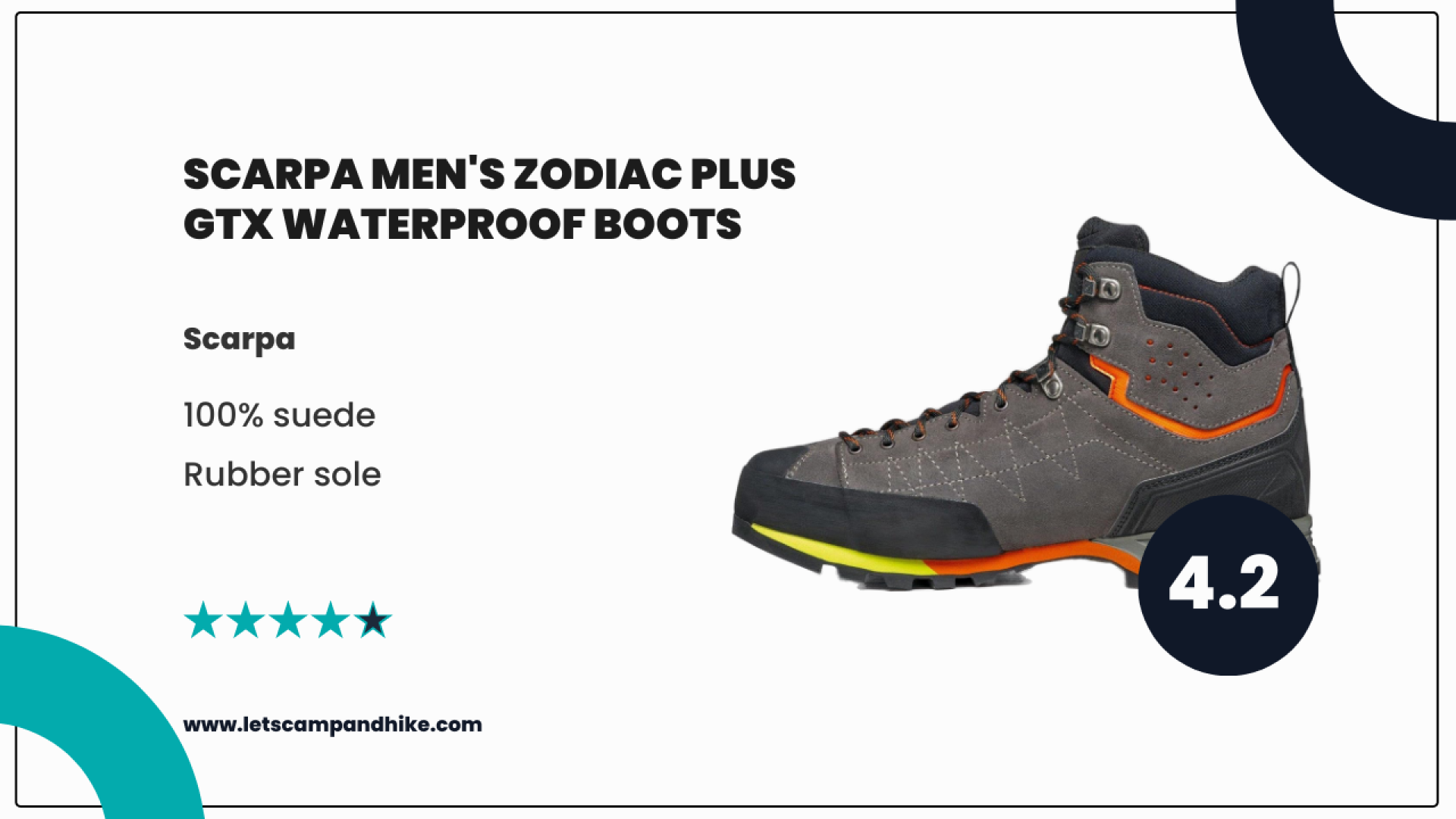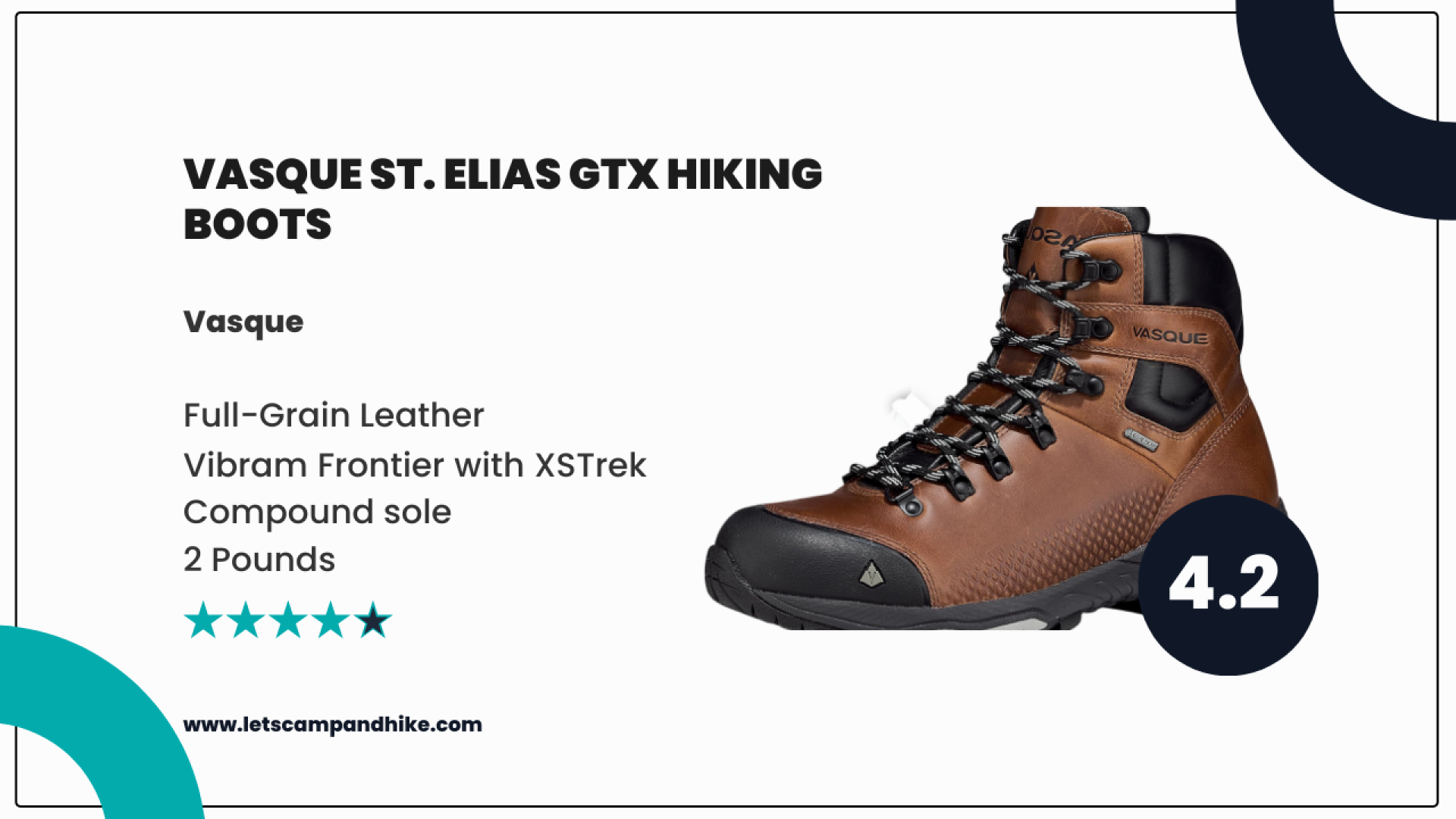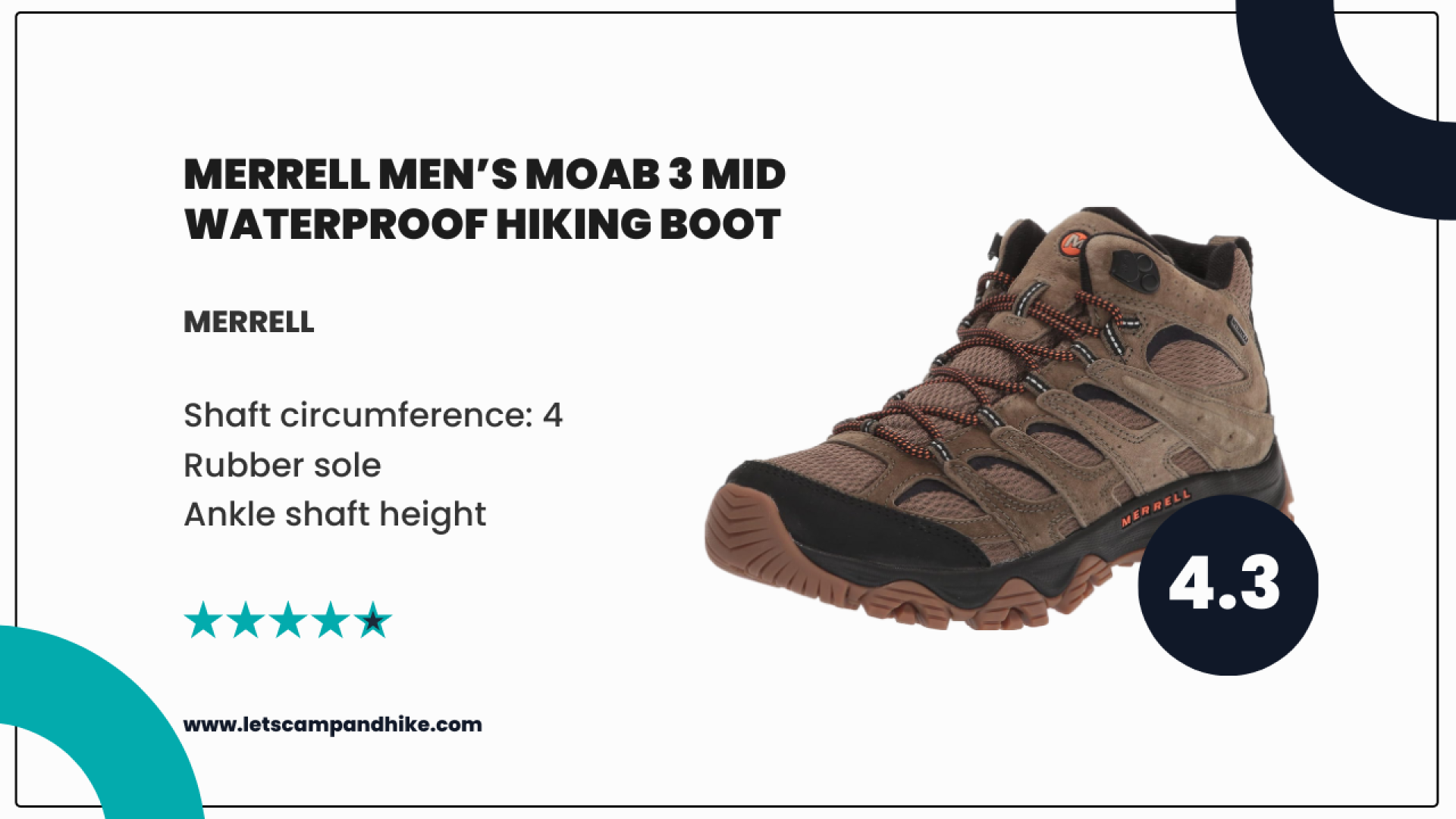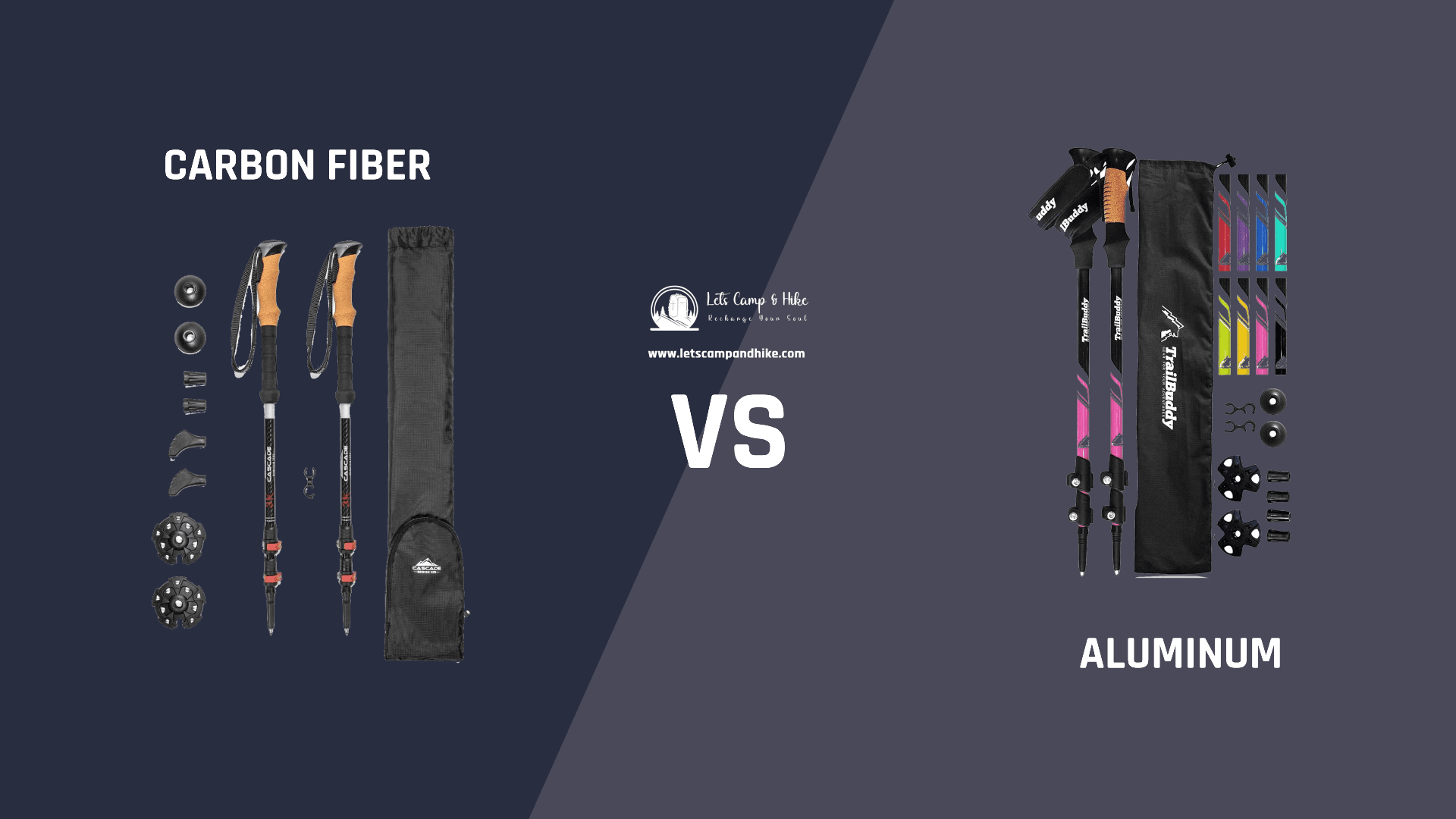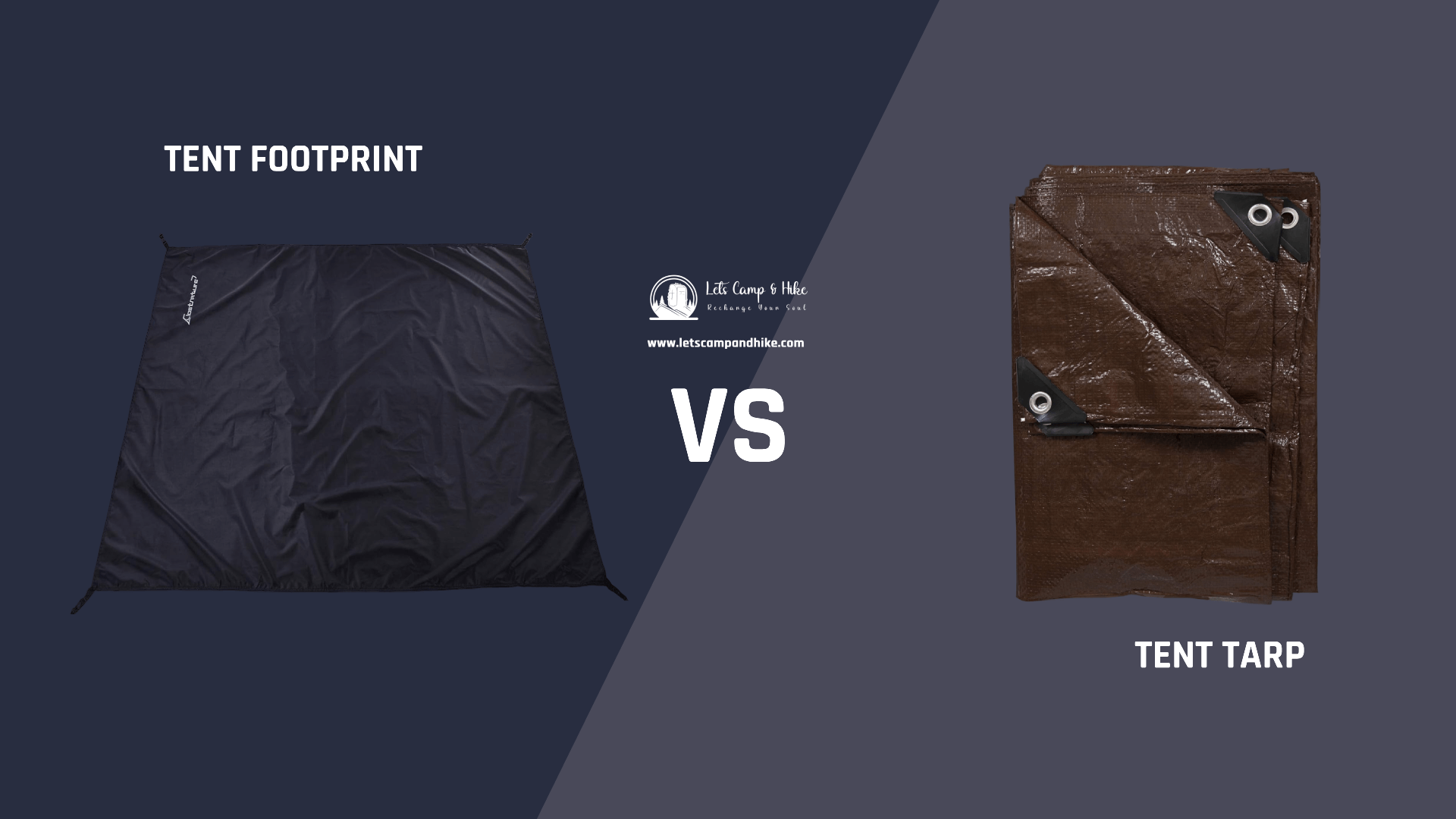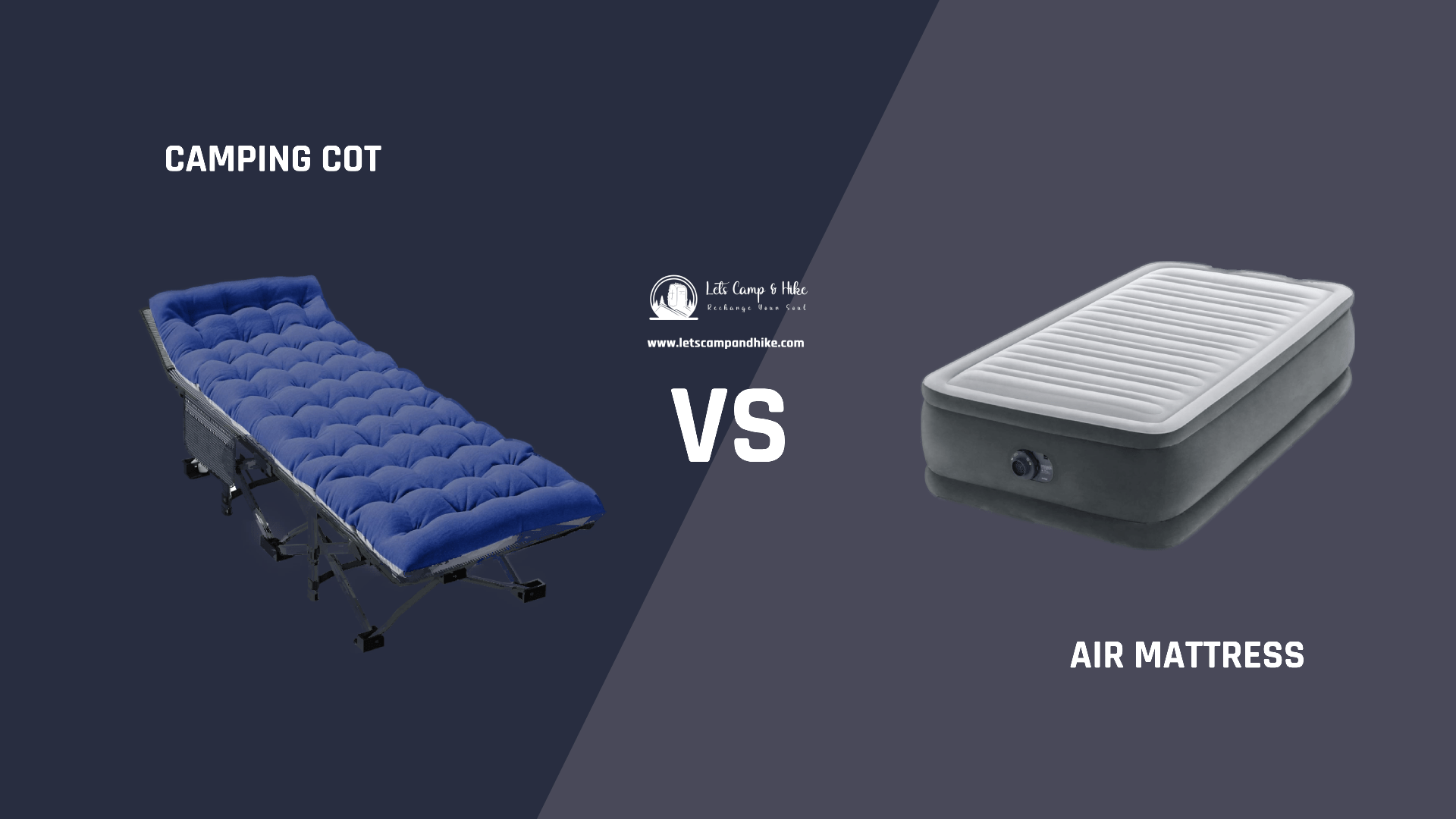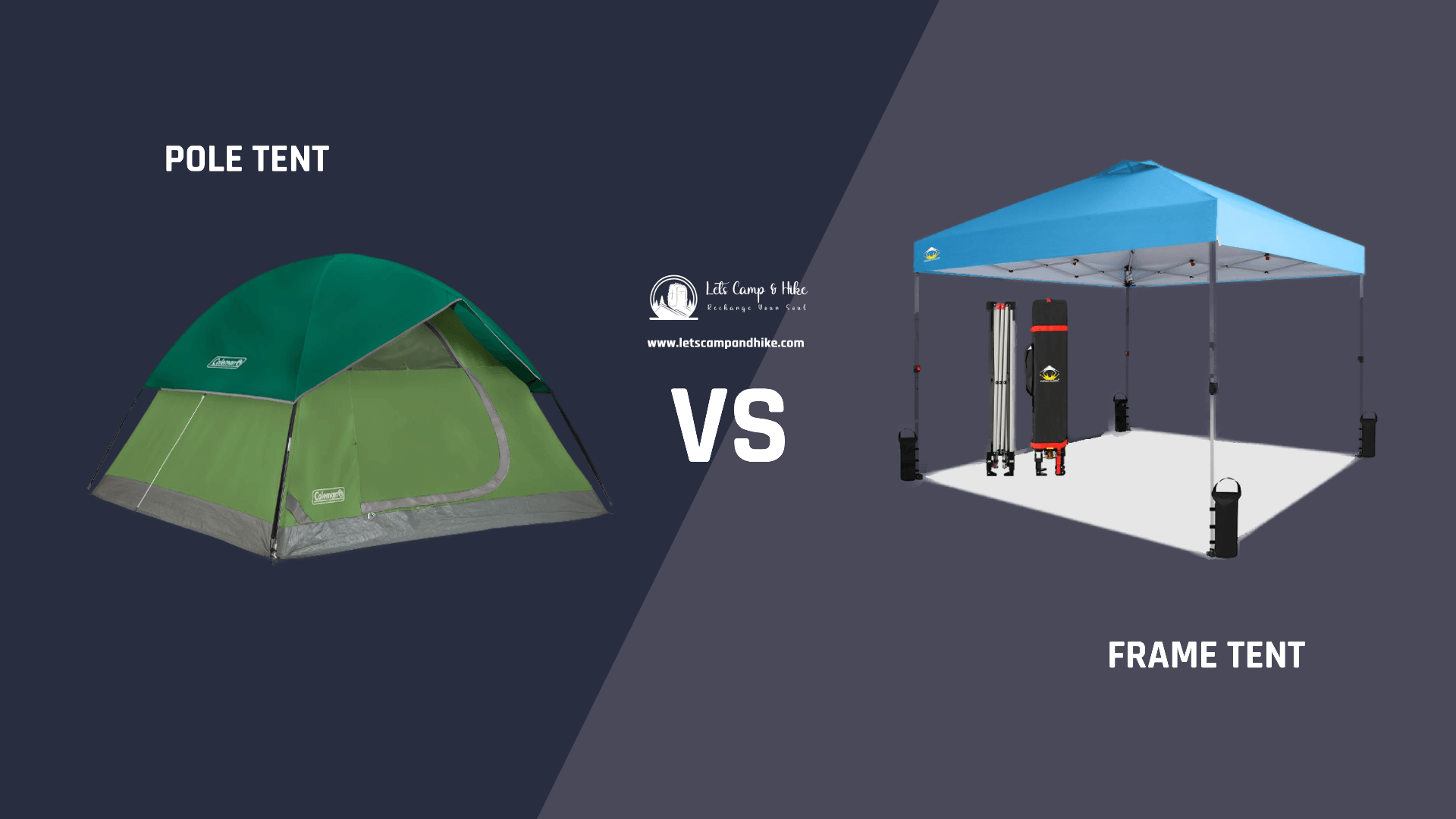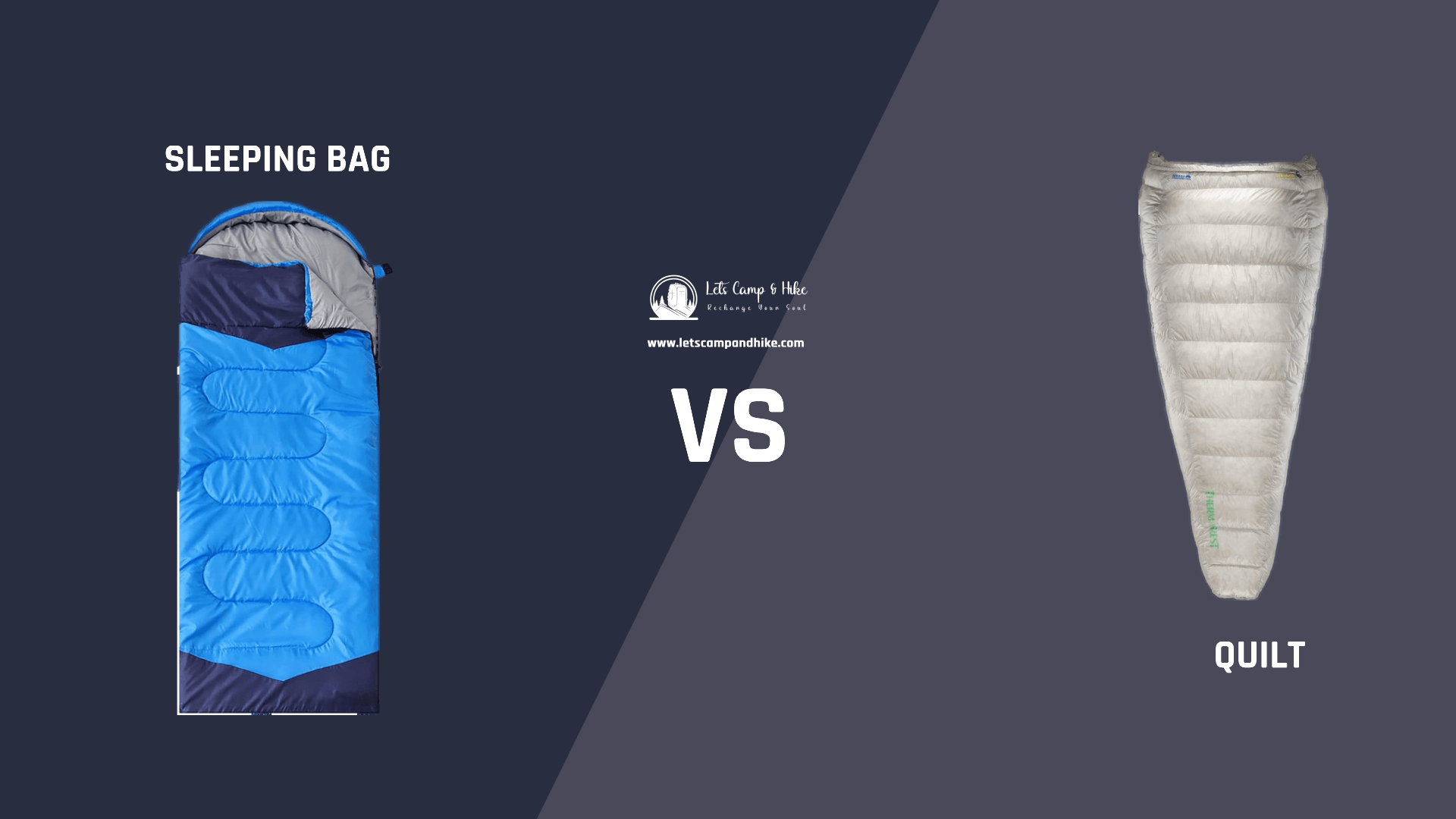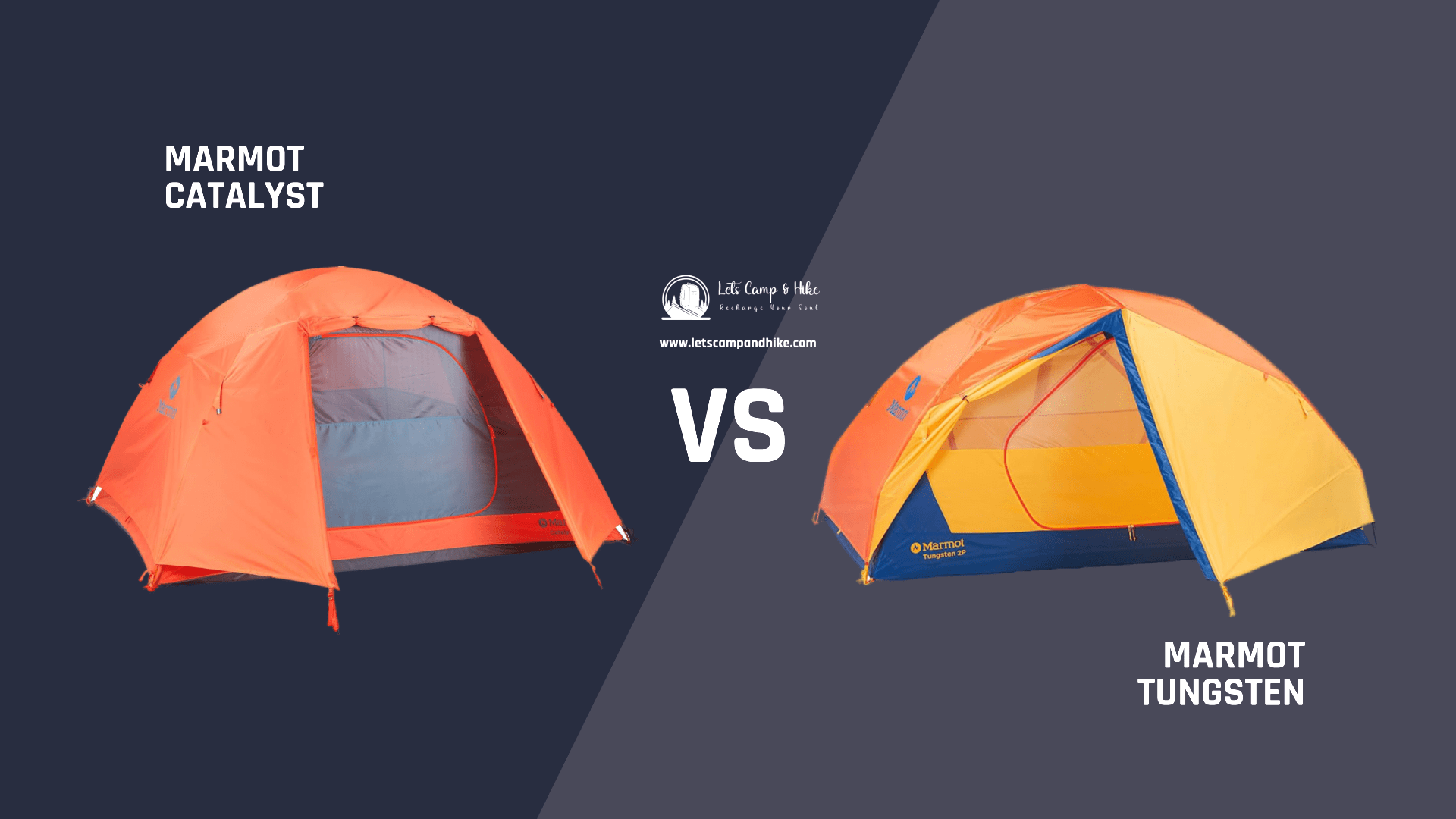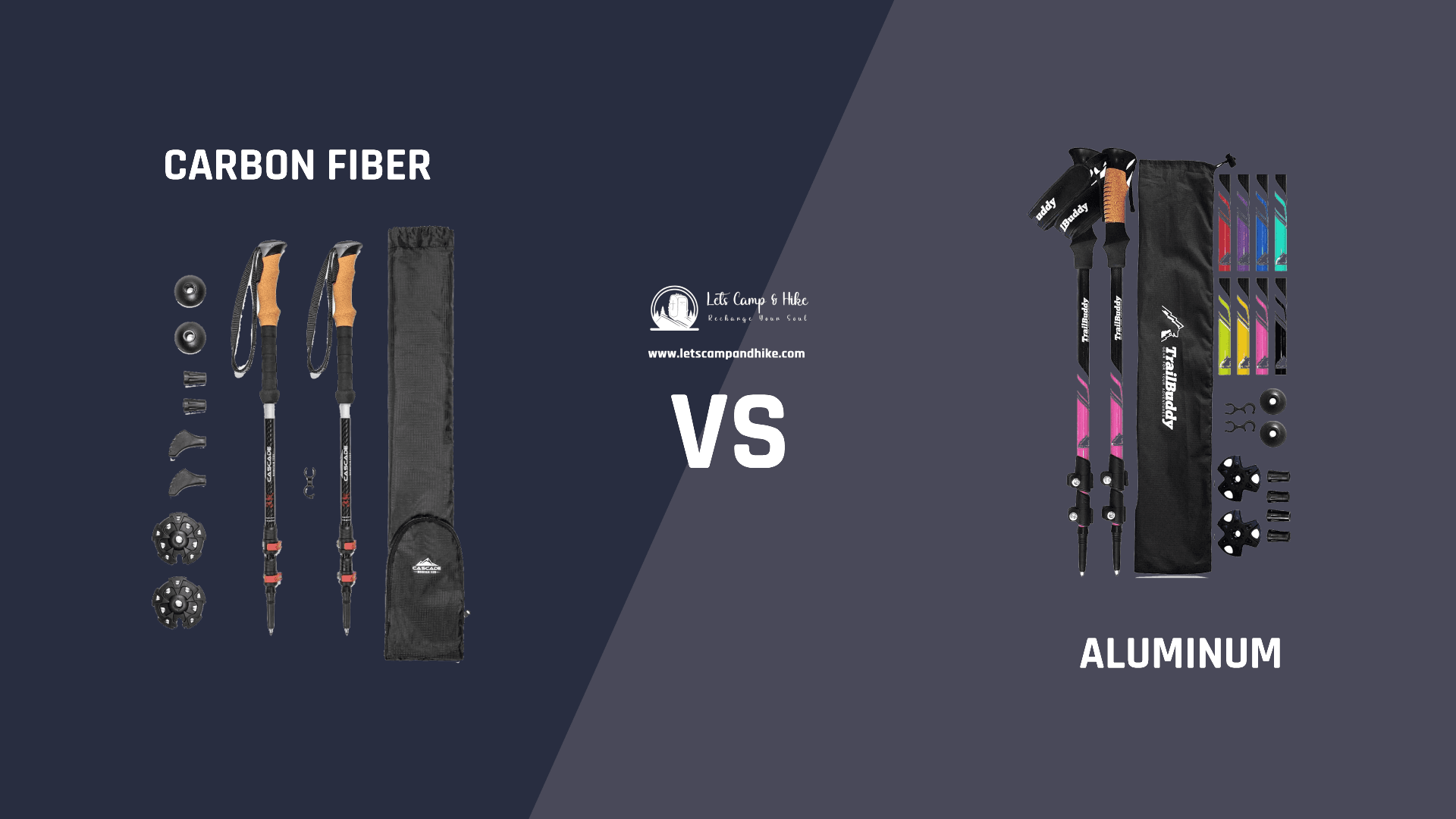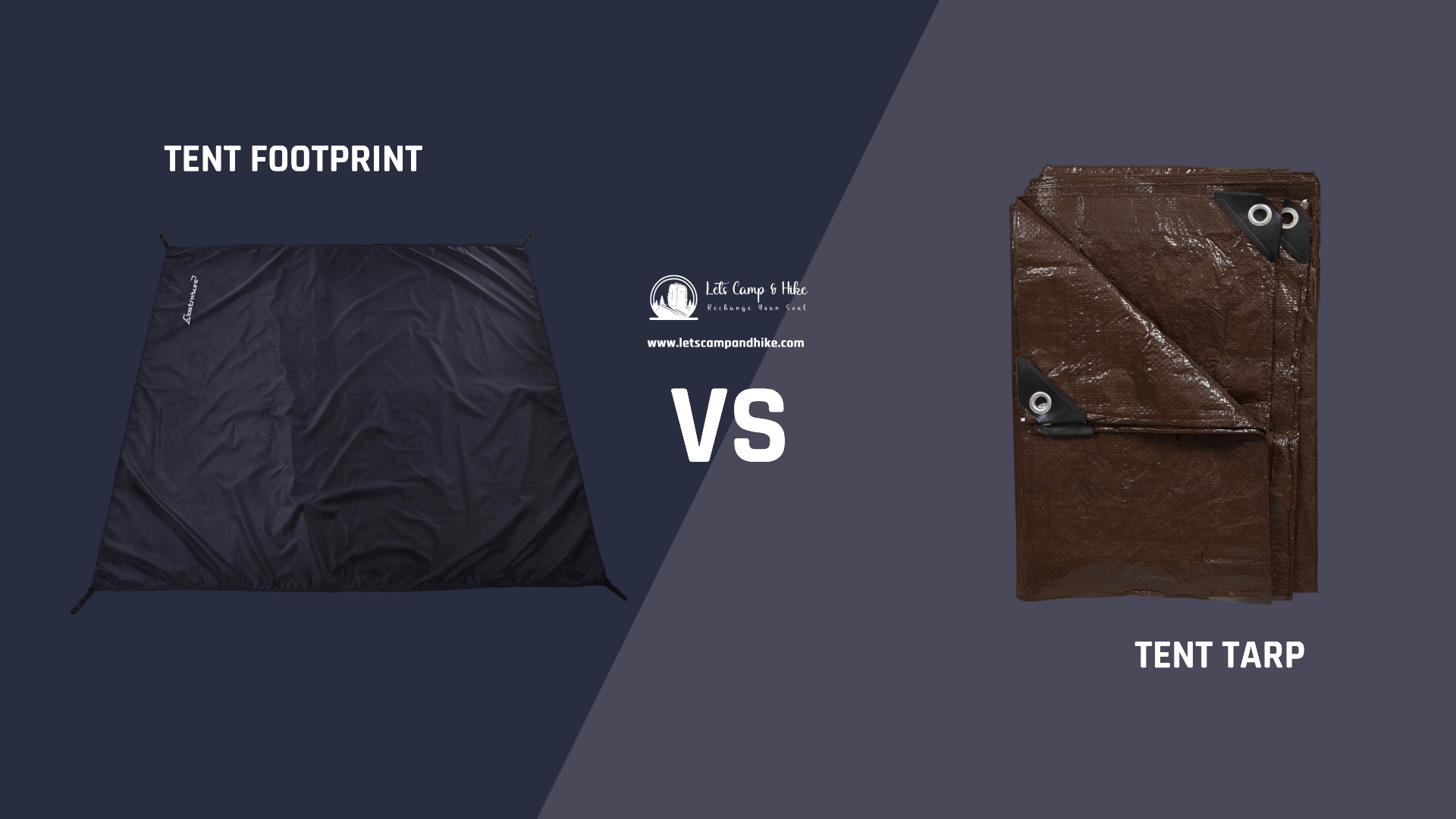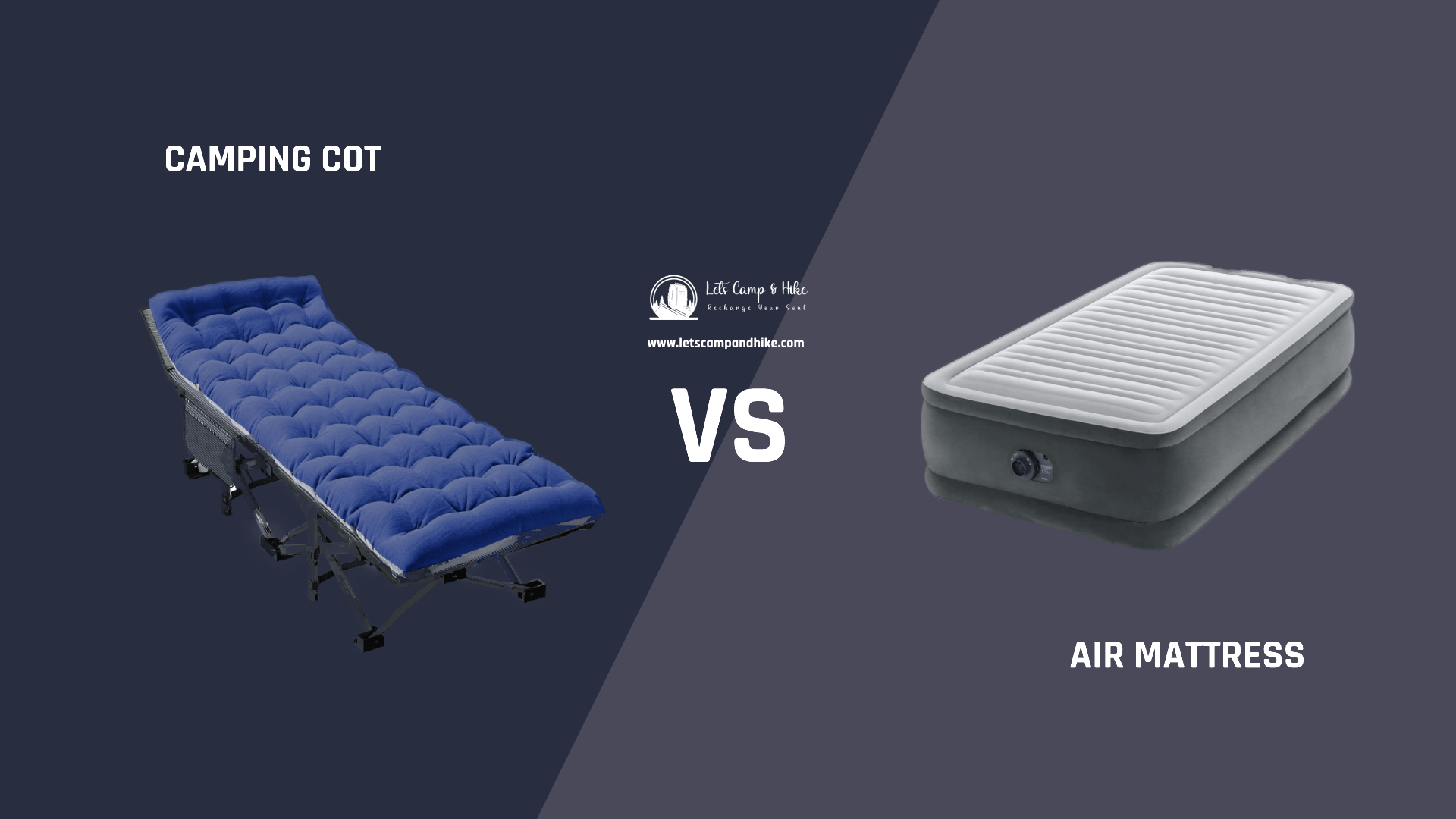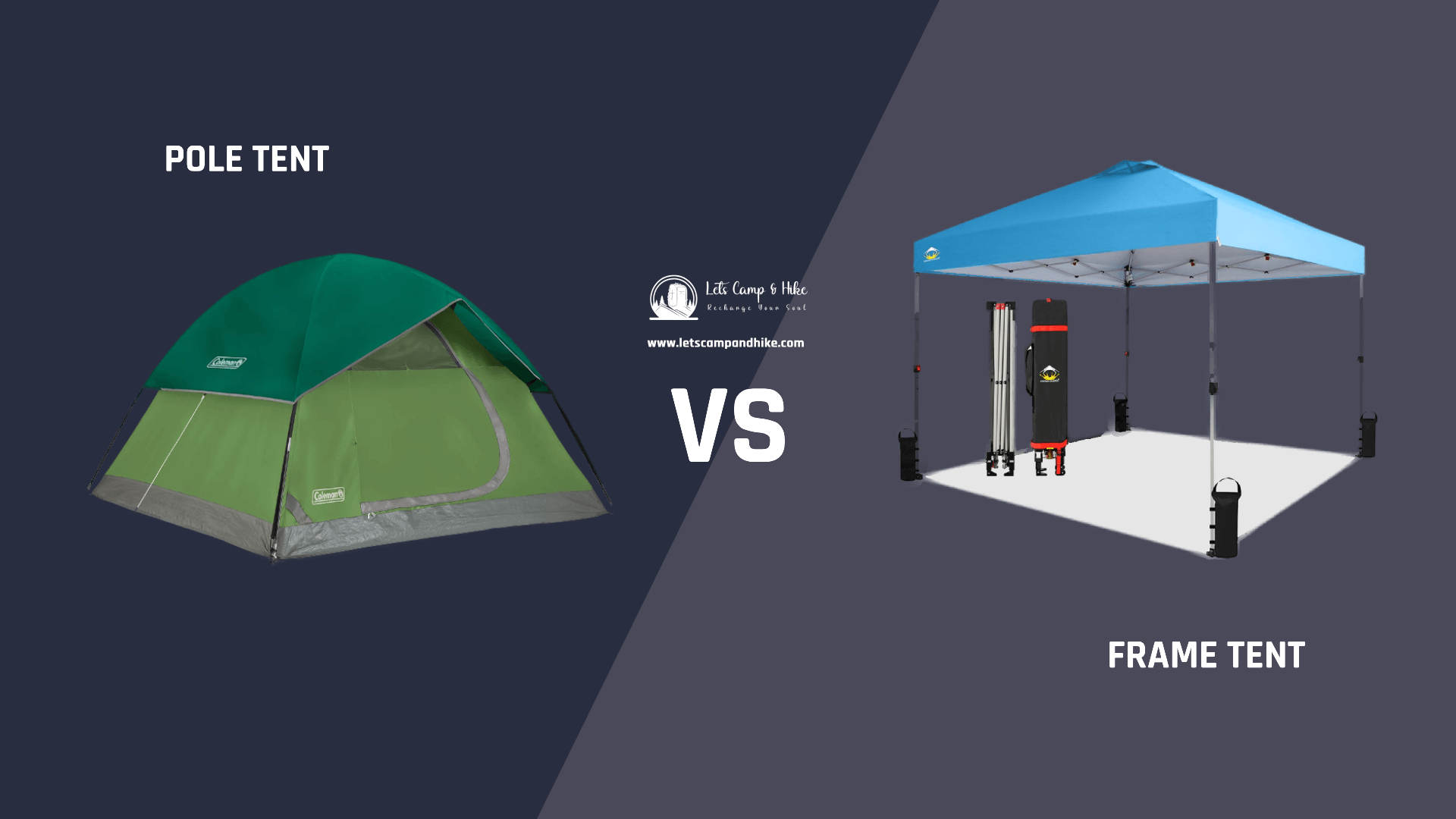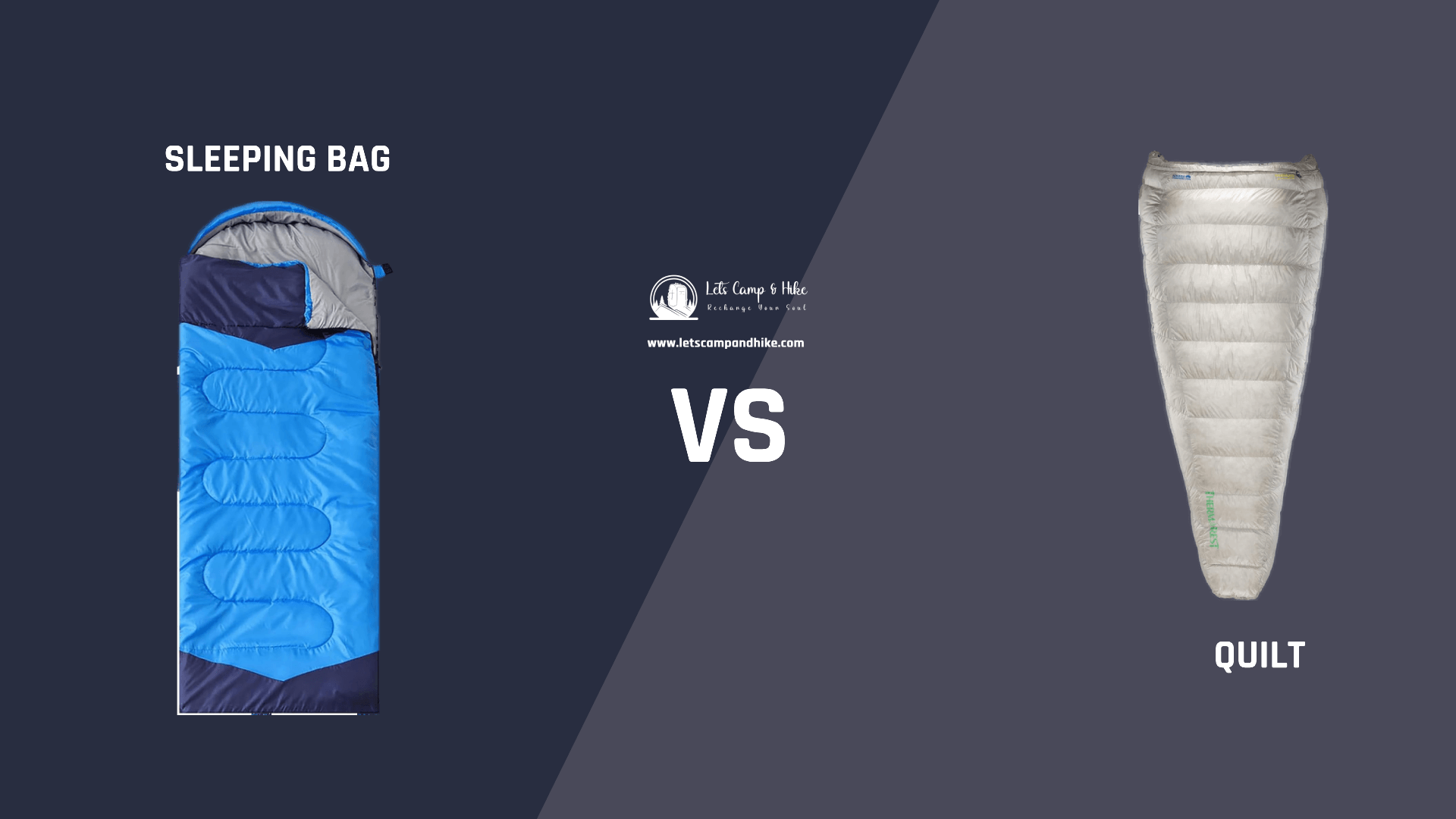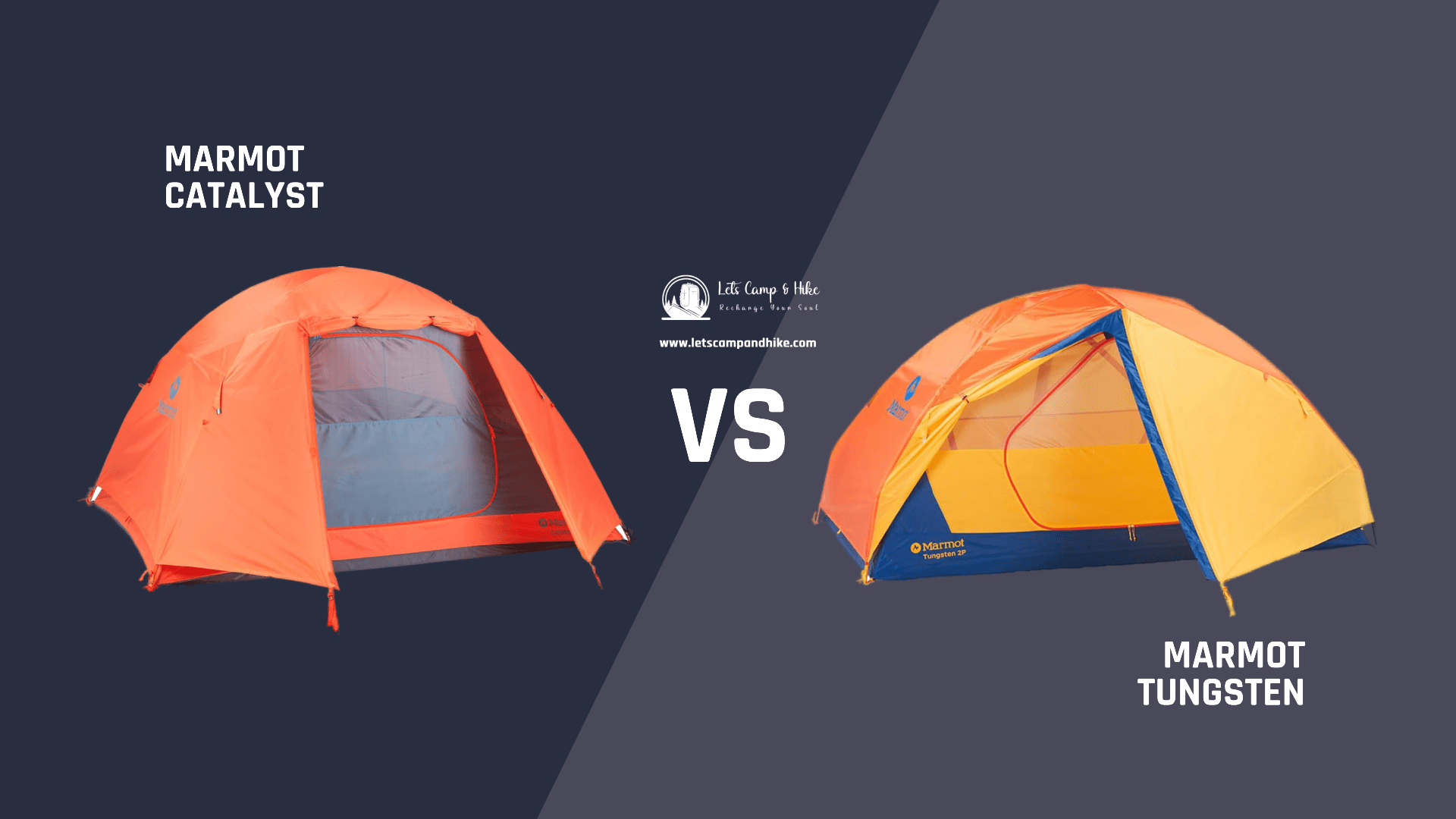Choosing the best trekking boots for men or women is the top piece of equipment for anyone venturing on an exciting hiking journey.The proper equipment is essential for this kind of outdoor activity. These boots play a crucial role in guaranteeing not only comfort but also providing essential support and durability for the rigors of the trail. The market is saturated with a myriad of options, often leaving outdoor enthusiasts overwhelmed in their quest for the perfect pair. Fear not, as we embark on an in-depth exploration, peeling back the layers of functionality, innovation, and reliability to unveil the best hiking boots that promise to be your steadfast allies on the journey through the great outdoors.
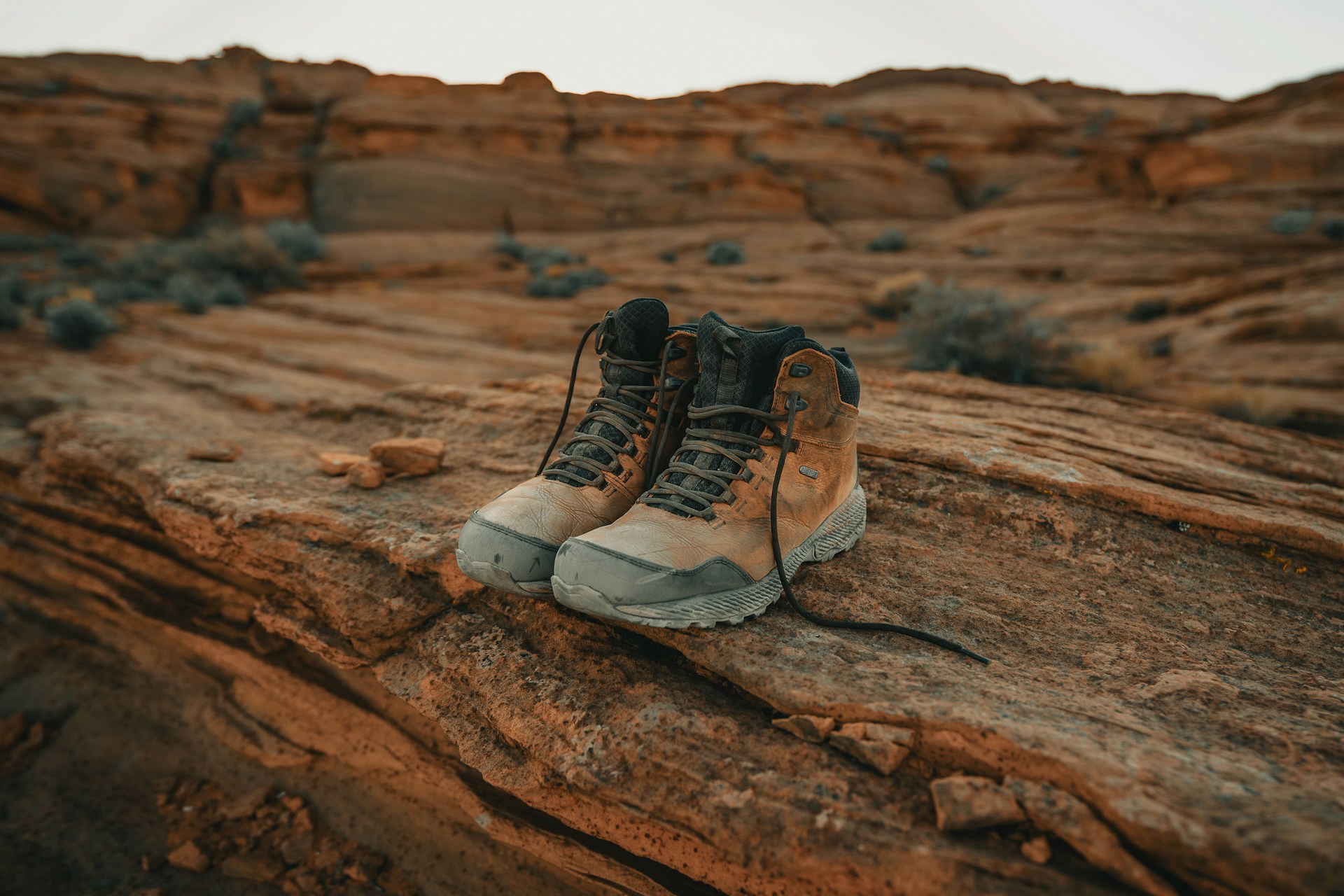
We will explore the many trekking boot options available for men in this comprehensive guide, analyzing their distinguishing characteristics and meeting the specific requirements and tastes of outdoor enthusiasts. From cutting-edge designs to tried-and-true classics, we aim to equip you with the knowledge necessary to make an informed decision, ensuring that the boots you choose are not merely accessories but integral components of an unforgettable outdoor experience. You can also check out our guides on the 7 best ultralight backpacking tents for hiking.
So, tighten those laces and get ready to step into the world of best trekking boots for men, where each pair is a gateway to a world of adventure, waiting to be explored under the open sky.
10 Best Trekking boots for men: Our top picks
If you’re in a rush, take a look into this concise list of our top picks of 10 best trekking boots for men, or keep scrolling to browse our whole list with detailed evaluations:
- SCARPA Men’s Zodiac Plus GTX Waterproof Gore-Tex Boots
- Timberland White Ledge Mid Waterproof Boot
- Timberland Anti-Fatigue Waterproof Leather Boot
- Salomon Quest 4D 3 GTX hiking boots
- Salomon X Ultra 4 Mid Gore-tex Hiking Boots for Men
- Merrell Moab 2 Mid Waterproof boots
- Merrell Men’s Moab 3 Mid Waterproof Hiking Boot
- Vasque St. Elias GTX hiking boots
- Keen Targhee III Mid WP hiking boot
- Arc’teryx Aerios Mid GTX Shoe
SCARPA Men’s Zodiac Plus GTX Waterproof Boots
- Fabric type: 100% Suede
- Sole material: Rubber
- Care instructions: Machine Wash
Pros
- Best option for snow and rock travel
- Sturdy
- Feels like finely crafted material
Cons
- Quite heavy
- The suede upper swiftly absorbs dust and filth.
- Expensive
The Scarpa Zodiac Plus GTX is the best boot for people who want to hike frequently in rugged and rocky terrain or carry a hefty backpack when trekking. These boots are unmatched if that describes you. Yes, they are expensive, but the excellent performance and longevity you will receive from them make their price worthwhile.
Please read our detailed review to find out more information about this boot.
Timberland White Ledge Mid Waterproof Boot
- Fabric type: 100% Leather
- Sole material: Rubber
- Shaft height: 4.75 Inches
Pros
- Whole body made of leather
- Not a single side seam
- Broad sole
- Very affordable
Cons
- Only one delaminates
- Insufficient ankle support
Ankle support, comfort, durability, and waterproofing are expertly combined in the Timberland Men’s White Ledge Mid Waterproof Hiking Boot. For outdoor enthusiasts looking for a comfortable, durable, and adaptable hiking partner for their trips, this makes them an excellent option.
Please read our detailed review to find out more information about this boot.
Timberland Anti-Fatigue Waterproof Leather Boot
- Fabric type: 100% Leather
- Sole material: Rubber
- Shaft height: 5 Inches
Pros
- Cozy
- Water resistance
- Robust sole
- Lightweight
Cons
- Feels and looks cheap
The Timberland Men’s Anti-Fatigue Waterproof Leather Mount Maddsen Boot is a well-rounded product with its waterproofing, durability, and anti-fatigue technology. These attributes render them a commendable option for outdoor lovers needing dependable, cozy footwear for hiking and other outdoor pursuits.
Please read our detailed review to find out more information about this boot.
Salomon Quest 4D 3 GTX hiking boots
- Fabric type: 100% Synthetic
- Sole material: Rubber
- Shaft height: 6.5 Inches
Pros
- Comfortable from the moment of purchase
- Excellent comfort and support for toting a big pack
- Keeps traction on shaky ground
- Waterproof
Cons
- Too weighty and rigid for leisurely trails
Due to their outstanding quality and performance, the Salomon Quest 4D 3 GTX hiking boots have gained a reputation as a top pick among ardent hikers.
Salomon Quest 4D 3 GTX hiking boots for men provide a full range of features, including comfort, durability, traction, waterproofing, and support. Because of these qualities, they are the perfect option for hikers needing high-performance shoes that can withstand various outdoor conditions.
Please read our detailed review to find out more information about this boot.
Salomon X Ultra Mid 4 GTX Hiking Boots for Men
- Outer material: Leather
- Sole material: Rubber
- Care instructions: Machine Wash
Pros
- Lightweight and Waterproof
- Available in five distinct colors
- Supportive design
- More cozy than the majority
Cons
- Problems with durability
- It is not as tough as a lot of the larger models
The Salomon X Ultra Mid 4 GTX is a steady, lightweight, and water-resistant boot for those who wish to stay active all day. If you’re concerned that hiking will feel like carrying weights on your feet, consider purchasing lightweight boots. This boot is resilient enough to endure whatever mistreatment you throw on the trail.
Please read our detailed review to find out more information about this boot.
Merrell Moab 2 Mid Waterproof Boots
- Outer material: 100% Leather
- Sole material: Ethylene Vinyl Acetate
- Shaft height: 3 1⁄2 Inches
Pros
- Suitably padded
- Water-resistant
- Durable
Cons
- Dense relative to their height
- Feet get sweaty
The Merrell Moab 2 Mid Waterproof boots focus on comfort, grip, and weather resistance, making them affordable and versatile. Regardless of hiking skill level, these boots are a trustworthy and reasonably priced choice for various outdoor excursions.
Please read our detailed review to find out more information about this boot.
Merrell Men’s Moab 3 Mid Waterproof Hiking Boot
- Shaft circumference: 4
- Sole material: Rubber
- Shaft height: Ankle
Pros
- An excellent boot at a fair price
- Eight possible colors
- Unconventional comfort
- Water-resistant
- Breathable
Cons
- Average traction
- Hefty in comparison to height
- Spreads widely
Merrell’s boot is a good option for anybody searching for modestly priced boots that fulfill their needs, even though the term “affordable” is a bit subjective. The Moab 3 is an excellent option for the less serious hiker looking for a high-quality boot without going over budget.
For experienced hikers looking for an upgrade from their previous Moabs, there is the Moab 3. The short break-in period and ease of usage straight out of the box make these boots ideal for anyone looking for a boot they can use right away.
Please read our detailed review to find out more information about this boot.
Vasque St. Elias GTX hiking boots
- Material: Leather
- Item Weight: 2 Pounds
Pros
- Very robust
- Steady
- Excellent protection for the feet
Cons
- Weighty
- Reduced Breathability
The hiking boots Vasque St. Elias GTX are well known for offering the ideal balance of comfort and support, which makes them an excellent option for backpacking or longer walks. The Vasque St. Elias GTX hiking boots are a dependable option for hikers embarking on lengthy treks or backpacking expeditions in demanding terrains because of their waterproof technology, stability, durability, and comfort.
Please read our detailed review to find out more information about this boot.
Keen Targhee III Mid WP hiking boot
- Sole material: Rubber
- Shaft height: Mid-Calf
Pros
- Non-marking lugs to improve grip
- External stability shank for support that is lightweight
- Keen, Dry breathable membrane that is waterproof
- Eco Anti-Odor for organic odor management
- More flexible outsole
Cons
- Not suitable for summer trekking
- Weighty
- Lack of breathability.
- Not advised for people with little feet
The Keen Targhee III Mid WP hiking boots for men provide a well-balanced combination of support, comfort, and mobility. They are dependable for individuals looking for all-day comfort on various terrains because of their large toe box, supportive midsole, waterproof membrane, and sturdy construction.
Please read our detailed review to find out more information about this boot.
Arc’teryx Aerios Mid GTX Shoe
- Fabric type: TPU high abrasion protection films 100% PolyesterGORE-TEX membrane
- Sole material: Ethylene Vinyl Acetate, Rubber
- Care instructions: Hand Wash Only
Pros
- Robust cushioning and support
- Dependable, agile, and lightweight in difficult terrain
- Cozy and encouraging
- Lightweight and strong
- The upper is composed entirely of recycled polyester
Cons
- Although taller than a boot, tweener height offers less protection.
- Straightforward lacing method
The Arc’teryx Bora Mid GTX is a monument to creativity and fine craftsmanship. The Vibram outsole, Gore-Tex membrane, and the Adaptive Fit design provide a personalized fit, dependable traction, and waterproof performance. These shoe are an excellent option for outdoor enthusiasts who value cutting-edge design and longevity for extended usage in various settings.
Please read our detailed review to find out more information about this boot.
Buying Guide: How to choose the best hiking boots
There are a tonne of differences in hiking footwear; physiotherapists advise being very aware of the following:
Your anatomy
It is impossible to overstate how important a proper fit is. When choosing shoes, you should consider your foot form and any underlying imbalances or weaknesses.
Materials
The upper materials affect the water resistance, breathability, and durability of the boot. While synthetics like nylon are lighter and more breathable, full-grain leather is more resilient but could be less breathable. Specific boots blend materials to achieve a feature balance.
EVA (ethylene-vinyl acetate) is famous for midsoles because of its lightweight design and shock-absorbing capabilities. Midsoles provide cushioning. Polyurethane, or PU, is used in some boots to increase stability and longevity, although it might increase weight.
Seek outsoles with lug patterns appropriate for the terrain you want to walk on. Vibram soles are well known for their traction and durability. Consider the rubber’s hardness; while tougher compounds may last longer, they may provide less grip.
Perfect Fit
Consider the basic rule: “Always snug, never tight.” In the short run, a looser fit can feel more comfortable but might cause painful friction and injuries. This may cause some initial discomfort, especially in boots with more substantial wear that require breaking in. However, breaking in should be considered essential to your hiking gear preparation.
Terrain and time frame
While larger boots with more substantial support are appropriate for longer treks and carrying more oversized loads, lighter footwear is often more comfortable for shorter climbs and day visits. Consider your intended usage while striking a balance.
Tips for care and maintenance
You must hand wash your hiking boots because a washing machine might easily ruin them. Ensure your soap is safe—ideally designed especially for washing boots. To clean your shoes, you only need water, a cloth, and a toothbrush made specifically for the purpose.
The way you dry them is equally crucial. Take out the insoles and dry each separately, letting them air dry at room temperature without any extra heat sources (you can use a fan to hasten the drying process). Before re-inserting the insoles and storing your boots, ensure they are dry.
Categories of Hiking Boots
Let’s take a moment to clarify each of the many kinds of hiking boots we have discussed. We’ll discuss lightweight, midweight, and heavyweight hikers in this section:
Lightweight Hikers
It should come as no surprise that boots in this lightweight category are flexible and light yet durable enough for a quick overnight hiking trip or a longer-day trek. Although waterproof liners are the standard, they are usually the less costly. The materials used in construction mostly use nylon and mesh, with some leather incorporated. This reduces the weight and expense without sacrificing durability compared to more expensive full-leather choices. Additionally, you won’t notice the structure as rigid because the boot’s shank and support are less robust. It shouldn’t stop you if you’re not toting a big pack.
Midweight Hikers
With sufficient support to tote a large load, midweight boots are adept compromisers that don’t feel like someone shoved lead down your socks. The category is expanding quickly, indicating the need for a lightweight yet functional choice among serious day hikers and backpackers. The boots are a little stiffer than regular day hikers due to the solid support underfoot, but not unduly so. Compared to lightweight boots, the costs in this category are often slightly higher due to the superior quality of materials and manufacturing processes. The quality of the waterproof bootie increases with price, and the brand usually includes GTX (Gore-Tex).
Heavyweight Hikers
Heavyweight boots were legendary in the past because they were strong, durable, and highly dependable. Heavyweight boots are often designed for lengthy slogs with bulky backpacks and rough, rocky trails. In hot weather, they will become too warm; some people would rather wear a leather boot that isn’t waterproof. However, the thick top materials and Gore-Tex perform exceptionally in the rain and snow. By preventing the heel from lowering with every step, their sturdy construction also lessens the pressure on lengthy ascents, and they are frequently compatible with strap-on crampons for mild climbing.
What Kinds of Materials Are Applied to trekking Boots?
Upper Materials Of Hiking Boots
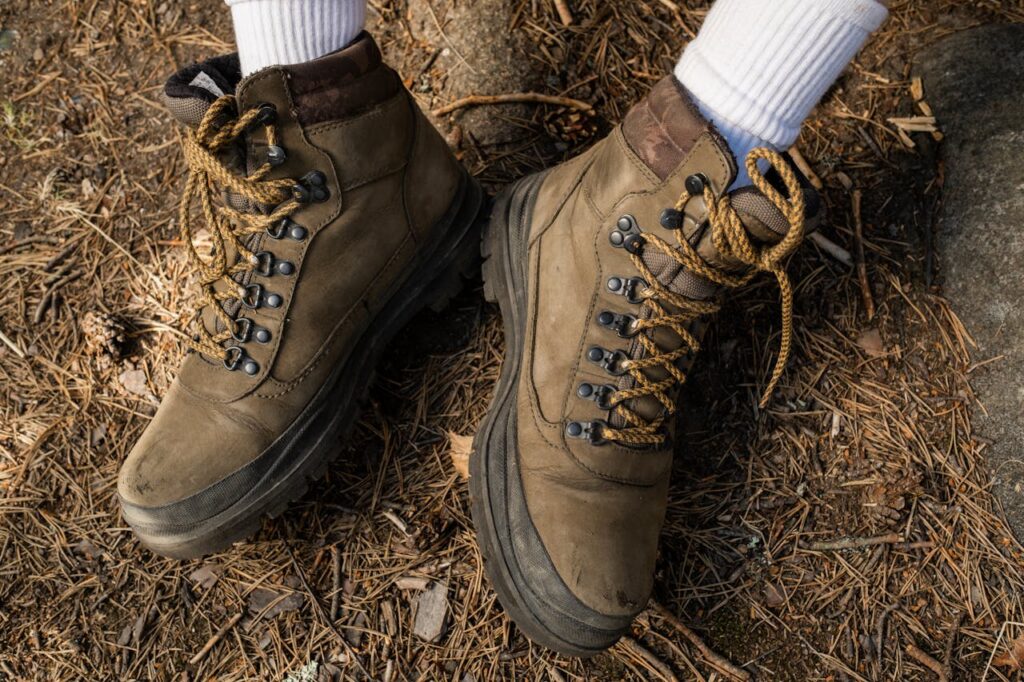
The material of a shoe’s upper—the piece of cloth that attaches to the rubber out-sole directly affects how long-lasting, water-resistant, and breathable the shoe is. A boot or shoe is most generally constructed from a combination of leather, mesh, and synthetic material (usually nylon). Several exceptions exist, especially in the luxury market, where one-piece leather structures are shared. The benefits and drawbacks of the most popular materials for hiking shoes are discussed below.
Synthetic, Nylon and Mesh
Entry-level and mid-level boots often have open mesh and woven nylon panels to promote ventilation. They perform an excellent job of reducing weight, but their durability needs to be more widely recognized. In addition, the fabric absorbs moisture more quickly than a leather boot.
Suede and nubuck leather
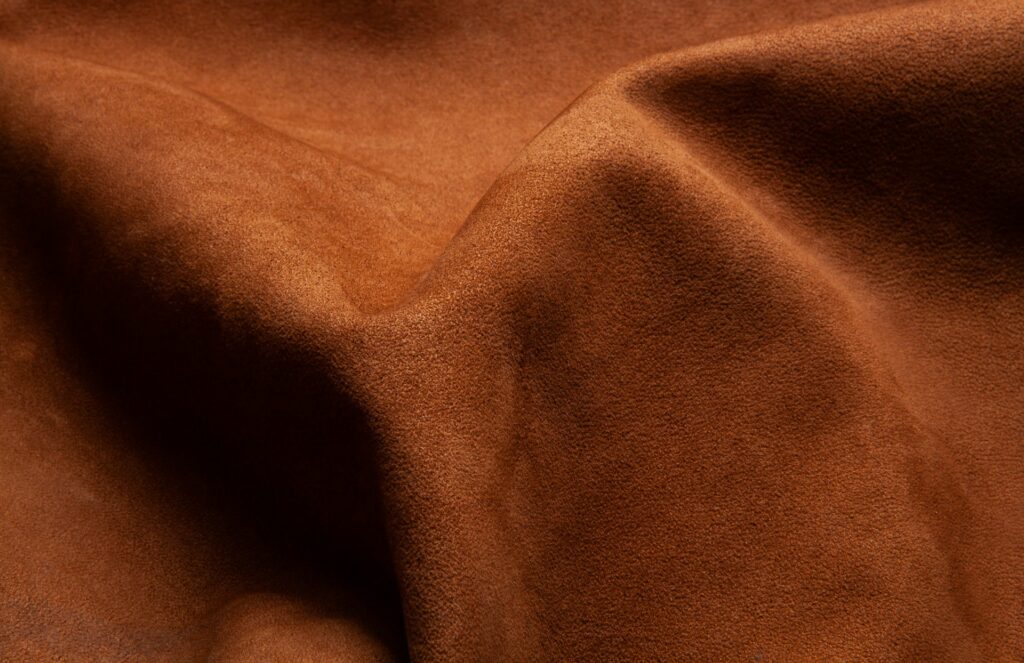
Boots in the mid range often include Nubuck leather, which is full-grain leather with a suede-like brushed texture. Although the thinner structure isn’t as robust, the softer touch leather is lighter and more flexible than conventional, glossy full-leather choices. However, because it is more resilient than most nylon mesh inserts, it is typical to find a combination of mesh and Nubuck leather, with the leather portions providing the boots with a little more hardness. Furthermore, Nubuck leather tends to breathe better than full-grain leather. It is less likely to display scuff marks because of its brushed texture.
Mid-sole Types
Carrying a fair amount of weight when wearing hiking boots is typical, which strains your feet severely. The mid-sole serves as an extra layer of protection from sharp pebbles. It plays a crucial function as a shock absorber from impacts when paired with the rubber out-sole. Mid-soles can range in thickness from skinny (fast packing boots) to stiff and robust (full leather hiking boots), depending on the design. Most are constructed using either PU, EVA foam or a mix of the two.
EVA
Most hiking boots that are lightweight or mid-weight include an EVA foam mid-sole. The plush, cushiony material is incredibly light and helps to lessen the pain from heel or mid-foot strikes. Not every EVA is created equal; proprietary variants can range from very soft to rigid. Instead of having too much cushioning, we choose a strong and sturdy mid-sole for long-distance running on more challenging terrain. Like a running shoe, those excessively soft mid-soles also tend to degrade with time. Greater-quality EVA compounds and better mid-sole designs often cost more significantly.
PU
Manufacturers will utilize a polyurethane (PU) mid-sole for more demanding applications or when protecting your feet from hard impacts is of utmost importance. Compared to only EVA mid-soles, this sturdy foam is far less plush but will endure longer and support a greater weight. Furthermore, they won’t compress as easily as EVA and will maintain their shape for longer.
The Out-soles and the Traction
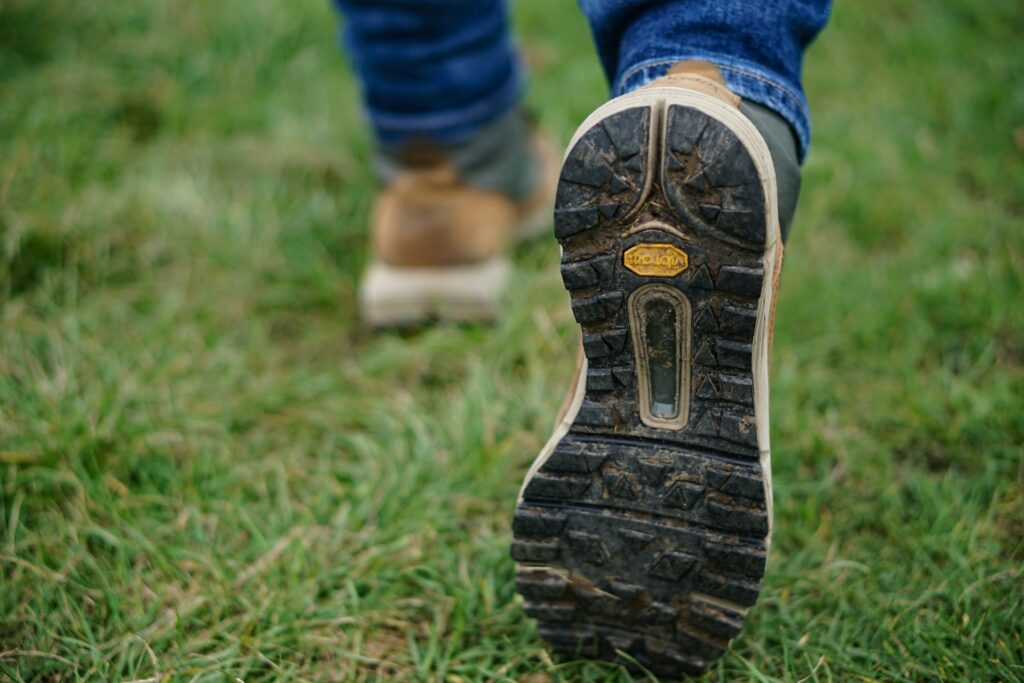
Better traction is frequently the driving force behind switching from a cheap cross trainer to a genuine hiking boot or shoe. Briefly, hiking shoes are far superior when the going turns rough, slippery, and steep. Vibram is comparable to Gore-Tex in the out-sole market, which rules the mid to high-end waterproofing segment. Nevertheless, as rubber producers customize their designs for particular footwear and brands, not all Vibram models are created equally. While some prioritize durability or sticky rubber for climbing over rocks, others include significantly bigger lugs underfoot for serious traction in mud.
Insoles
Getting a good fit may take time, and a generic, flat foot bed is frequently to blame. Fortunately, most shoe problems may be easily fixed by replacing your factory insoles with an aftermarket pair that fits your unique foot shape and size. New insoles can improve the fit beneath the arch, change the shoe’s volume, and adjust the impact shock and cushioning. For a large assortment of choices and a reliable reputation in running shoes, ski boots, and hiking gear, we suggest looking at Superfeet insoles.
How To Choose The Right One?
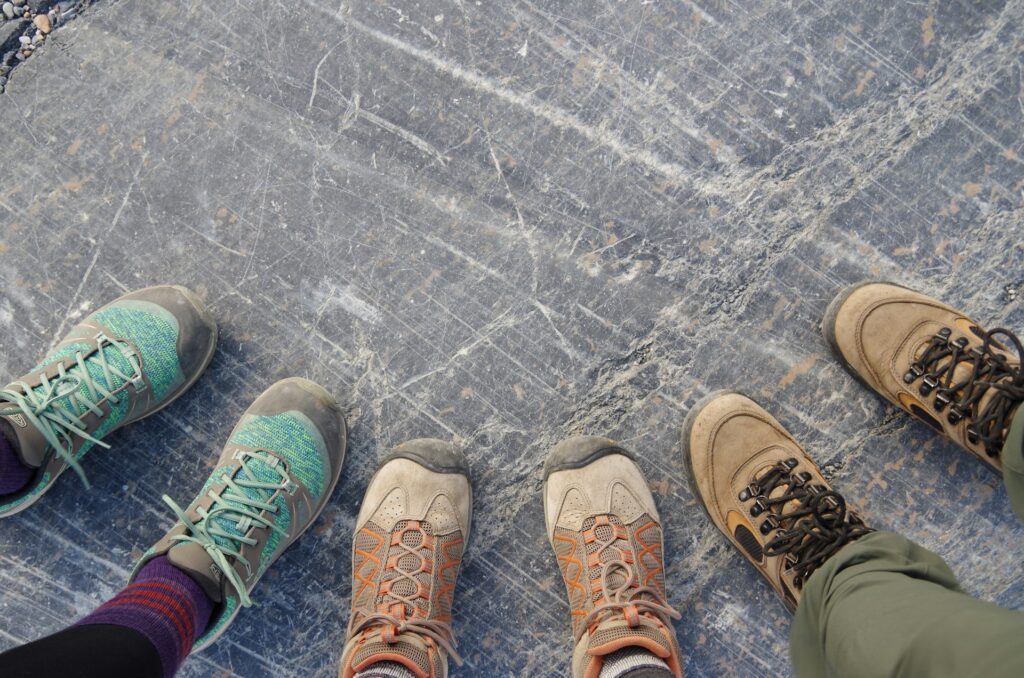
Six essential characteristics may be used to evaluate any decent hiking boot. When shopping for hiking boot for men, take into account the following factors:
Fit & Comfort
Comfort in shoes is a personal preference; therefore, what fits you perfectly may not fit someone else. To select the best trekking boots that perfectly fit your foot shape, arch, and style before purchasing, we advise trying on as many pairs as possible. Wide toe boxes, customized cushioning and support, flexibility to allow for a natural stride, and enough protection for toes and heels on the trail are all things to look for in boots. Merrell Moab 3 Mid and Salomon X Ultra Mid 4 are the most comfortable shoes out of the packaging.
Value For Price
Value is crucial as you want to pay the least amount possible for the most excellent boot that meets your demands. Value is defined as the amount of performance obtained for every dollar spent.
Even though trekking boots might be expensive, it’s important to spend your money on the most comfortable pair while remaining within your means. Our staff is more aware than anyone else that poor-quality footwear frequently leads to blisters and foot pain. Additionally, less expensive choices can not be as breathable, wear out more quickly, and be uncomfortable. Over time, quality shoes will prove to be a more economical option since they will last longer between replacements. Regardless of the boots you pick, your money will be well spent because these are the best trekking boots for men available on the market, and they range widely in price.
Ankle AID
Ultimately, strengthening and stretching are the most crucial things you can do to reduce ankle problems. However, because of their higher cuff, boots with substantial ankle support can also lessen the chance of rolled ankles, improve stability, and offer superior water resistance. Choose boots that sit far above the ankle and tighten the laces if you want the maximum support available. Timberland White Ledge Mid, Timberland Anti-Fatigue Boot, and Salomon Quest 4 are the highest ankle collars on this list.
Traction
One of the most crucial features of a hiking boot is its traction, but what constitutes strong traction depends on several factors. Boots with an exceptional grip pattern and robust outsole are necessary for hiking. The amount of grip your boots provide is essential to your comfort and stability, whether you’re stumbling over muddy, sloppy creekside paths or navigating uneven, rocky scree fields. Your boots should have good traction in most, if not all, environments and situations. You can be sure that while we were choosing the products on this list, lug pattern, traction, and grip were given careful consideration. In this category, the Scarpa Zodiac Plus was the clear winner.
Water-Resistant
On hikes, we all want our feet to stay dry. When walking in the cold and rain, having dry feet is essential to preventing blisters and remaining warm. Wet feet are also quite uncomfortable. Damp weather and muddy, slushy trails are ideal for waterproof footwear. For this reason, we advise waterproof hiking boots for trips during the chilly, rainy shoulder season that may encounter erratic weather. Your feet will remain stable, dry, and comfy with them. Nearly every boot in our selection has a fabric membrane that is both breathable and waterproof.
Weight
In general, lighter footwear can reduce foot and ankle fatigue and lessen the risk of injuries in vulnerable areas such as the knees and hips. We prefer them because more lightweight boots feel more nimble, have more flexible soles, and allow us to cover more ground faster.
Even though lifting your feet requires more energy due to their thickness, thicker boots are more resilient than lightweight ones. Larger boots provide optimal stability under considerable weight, burlier out-soles, and significant off-trail protection. Consider factors such as personal choice, trail type, daily mileage, length of hike, and potential weather when deciding the appropriate weight for your new pair of boots.
Last Words
In conclusion, choosing the best trekking boots for men is a pivotal decision that significantly influences the comfort and enjoyment of your outdoor adventures. This thorough guide has examined a range of options tailored to diverse preferences, be it a focus on support, waterproofing, durability, or a harmonious combination of these features. Whatever your choice may be, it’s essential to take the time to break into your boots before embarking on your trails, ensuring a seamless and enjoyable hiking journey. Lace up, step out, and relish every moment of your outdoor exploration!
Keep up with Let’s Camp & Hike to learn more about camping and hiking tips and tricks.
Why Trust The Let’s Camp & Hike?
In every review, the Let’s Camp & Hike team conducts thorough research and spends hours reviewing the top models before recommending products.
Among other requirements, a product must have a strong track record of sales on Amazon, primarily favorable customer feedback, and special features to join our list of the best options.
Once we have whittled down our list of suggestions, we conduct more investigations and perhaps in-person testing to ensure the goods live up to our expectations. After the research phase, we create a comprehensive, easy-to-read article with our top picks and extra details to assist outdoor enthusiasts like you in making the best choice.


